Samsung The Frame Pro 2025 is a television that brings a breath of freshness to the lifestyle model segment. Its design takes center stage – a symmetrical frame, the ability to easily change decorative frames, and above all, the image effect on the wall thanks to the matte coating and special mount. In everyday use, it makes a great impression, and the Art Store feature combined with the high brightness of the screen means that the television works well not only as a display for movies and series but also as a decorative element in interior design. It is also hard not to appreciate the gadget-like addition of the wireless One Connect module – the ability to hide the box with ports anywhere in the living room provides significant design flexibility. In terms of image quality, The Frame Pro holds up quite well. Brightness levels of up to 900 nits in peak scenes allow for enjoyment of HDR effects even in brightly lit rooms, while the VA panel ensures stable and solid contrast. On the other hand, there are quite a few question marks. First and foremost – the naming. The designation "Pro" and the Mini-LED suffix suggest that we are dealing with an advanced local dimming system. However, in the 65-inch variant, we counted only 24 zones, all located at the bottom edge of the screen. You probably already know the effect after reading this review. Black levels and contrast are acceptable, but far from what Mini-LED televisions with full, dense backlighting provide. The issue of the wireless module also raises mixed feelings. While it indeed performs decently for connecting an amplifier or decoder, gamers and PC users will quickly discover that direct connection to the television via MICRO-HDMI is a necessity. Otherwise, they must contend with high input lag and worse font readability. Therefore, it is difficult to truly call The Frame Pro "Pro" in a strictly technological sense – it would be more appropriate to say it's "Frame Plus." A great lifestyle television, polished and visually striking, that will successfully fit into a bright, modern living room, but at the same time, it does not reach the level of quality we could expect from a product labeled as Mini-LED. It is a device that will delight with its design and additional features but will leave a slight sense of disappointment for those who expected a true breakthrough in image quality.
- Matching (Score)
- Our verdict
- TV appearance
- Where to buy
- Contrast and black detail
- HDR effect quality
- Factory color reproduction
- Color reproduction after calibration
- Smoothness of tonal transitions
- Image scaling and smoothness of tonal transitions
- Blur and motion smoothness
- Console compatibility and gaming features
- Input lag
- Compatibility with PC
- Viewing angles
- TV efficiency during daytime
- Details about the matrix
- TV features
- Apps
- Playing files from USB
- Sound
Samsung The Frame Pro vs Samsung QN90F / QN92F
Direct compare
Check the best price offer:
Samsung The Frame ProCheck the best price offer:
Samsung QN90F / QN92FThe Frame Pro / LS03FW

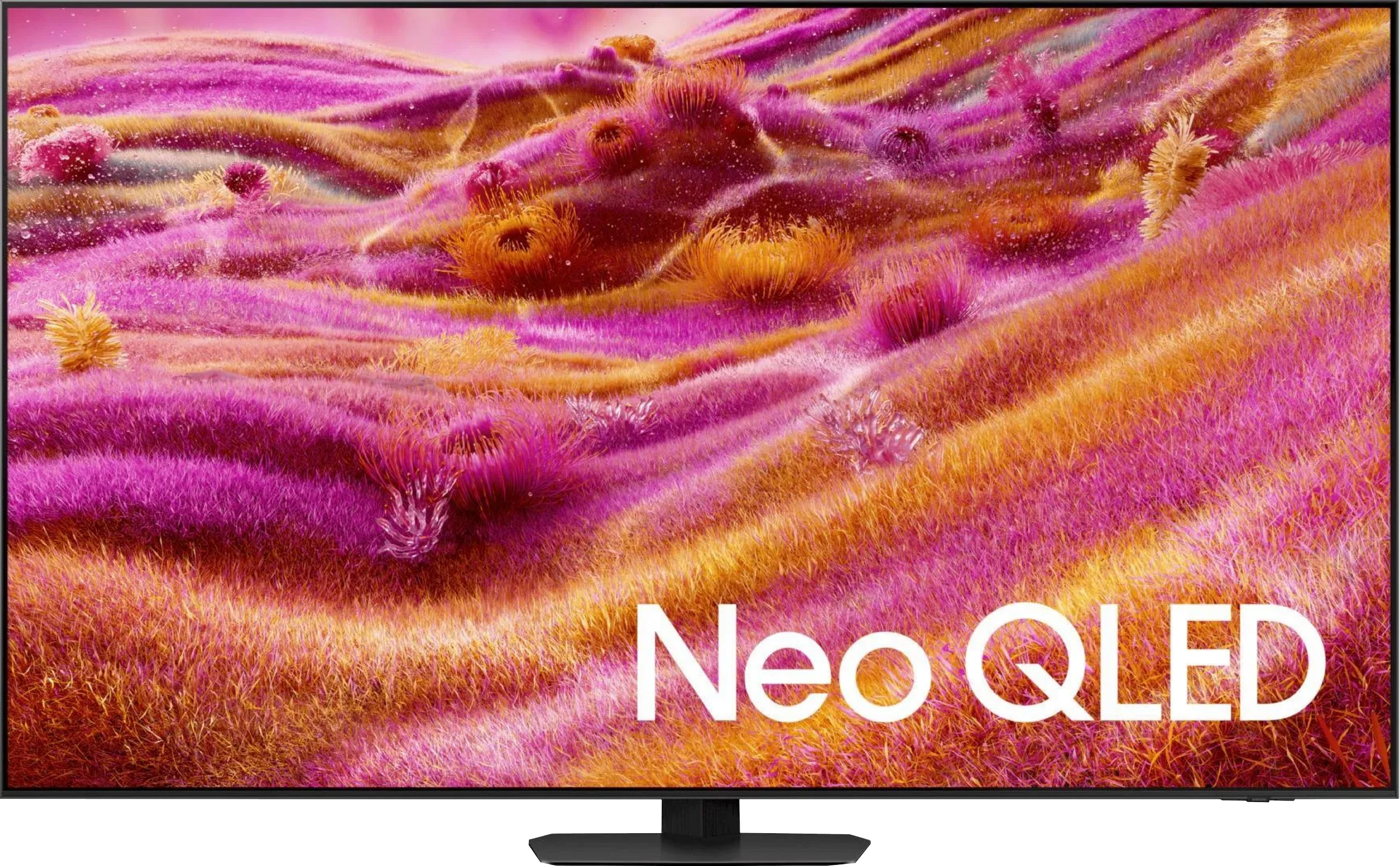
Panel type: LCD VA
Resolution: 3840x2160
System: Tizen
Model year: 2025
Complete the survey to find out the result

Panel type: LCD VA
Resolution: 3840x2160
System: Tizen
Model year: 2025
Complete the survey to find out the result

Overall rating
7.3
7.8
Movies and series in UHD quality
6.8
7.8
Classic TV, YouTube
6.6
7.6
Sports broadcasts (TV and apps)
6.8
7.2
Gaming on console
8.6
8.8
TV as a computer monitor
8.4
8.8
Watching in bright light
7.0
7.2
Utility functions
7.7
7.7
Apps
8.7
8.7
Sound quality
6.4
7.8
Complete the survey to find out what fits your preferences
Advantages
Premium design – symmetrical frame, interchangeable frame customization, true image effect on the wall
Wireless One Connect module – no visible cables by the TV, easier space arrangement
Matte screen coating – no reflections even in bright rooms
High brightness ratio – up to 900 nits
Wide color gamut – QLED
Smooth tonal transitions, practically no banding
High motion fluidity – 144 Hz panel
Gaming features – VRR, ALLM, 144 Hz, Game Bar, low input lag (wired)
Tizen system – fast, intuitive, with a full suite of applications and support for AirPlay and voice assistant
Art Store – unique feature, TV as a digital picture frame
Mount included
Very good contrast and black levels
Amazing HDR brightness in movies
Very good TV performance during the day thanks to the matte panel and high brightness
High motion fluidity – up to 165 Hz in PC mode
Low input lag
A lot of features for gamers, including the proprietary motion smoother Game Motion Plus
High susceptibility to image calibration
Fluid Tizen operating system with smart home (IoT) features
Pleasant sound with noticeable bass despite the slim design
Modern design
Disadvantages
It's hard to call it a true Mini-LED – edge lighting
Poor viewing angles (they could be better for improved wall image quality)
No HGiG* feature
Flat sound, little bass. A soundbar will definitely come in handy
Issues with font legibility and significant lag (input lag) when using the wireless One Connect module.
*The HGiG feature disappeared with the latest TV update. We are monitoring the situation, and if anything changes in this regard, we will let you know.
Worse viewing angles compared to the predecessor QN90D.
No DTS sound for Blu-ray home theaters
No HGiG* function
*We hope this issue will be resolved quickly. We are monitoring the situation closely.
Our verdict
The Samsung QN90F is a television that, in many ways, demonstrates how mature the development of miniLED technology can be. It offers excellent contrast and blacks, very high HDR brightness that works well in both movies and games, and a matte screen that makes a huge difference in everyday use. This is what makes the QN90F one of the best televisions for watching in sunny living rooms – reflections and glare virtually disappear, and the image remains sharp and clear. Gamers, on the other hand, get a package of all the essential features, very low input lag, and a unique Game Motion Plus mode, which remains a strong advantage for Samsung over the competition. Additionally, there's a fast Tizen system, high-level smart features, and quite pleasant sound that can be enhanced with a soundbar in the Q-Symphony setup. However, there were some compromises. Samsung decided to forgo a coating that expands viewing angles – and while the matte screen performs excellently during the day, a noticeable drop in brightness and loss of color intensity can be seen at greater angles. It's also unfortunate that support for HGiG disappeared with the software updates, which can be a significant downside for demanding gamers. Despite these remarks, the QN90F is still one of the best, if not the best, 4K miniLED televisions currently available. It’s a model that combines excellent picture parameters, high functionality, and modern design, while being exceptionally practical for daily use. If someone is looking for a TV for a bright living room that can handle movies, sports, and games equally well – it's hard to find a better choice today.
TV appearance
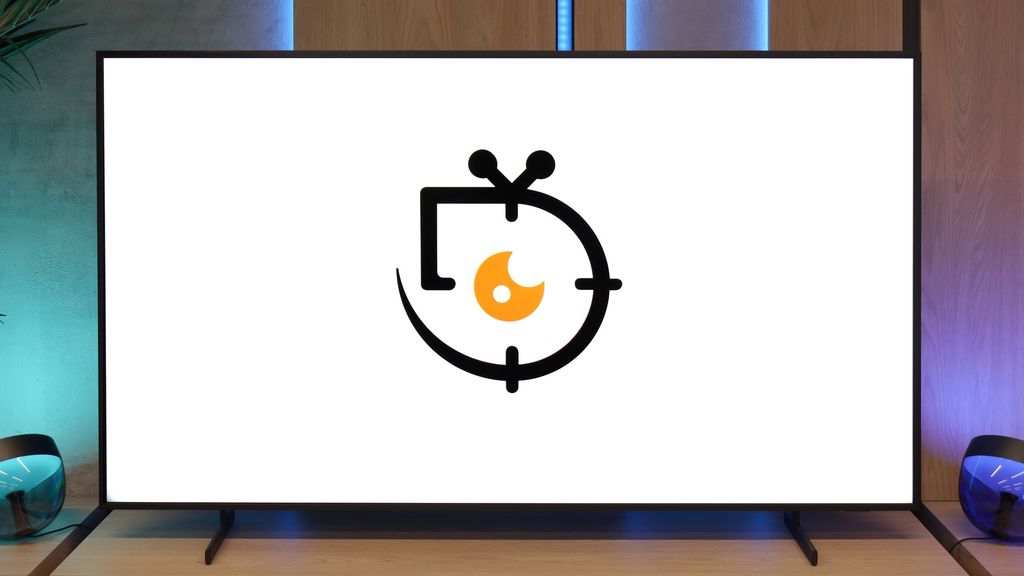
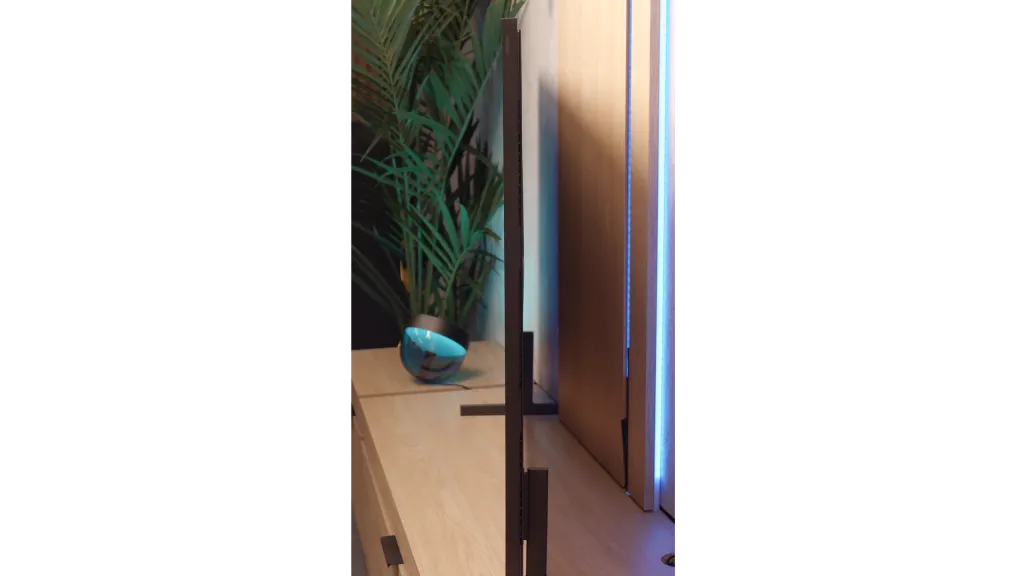
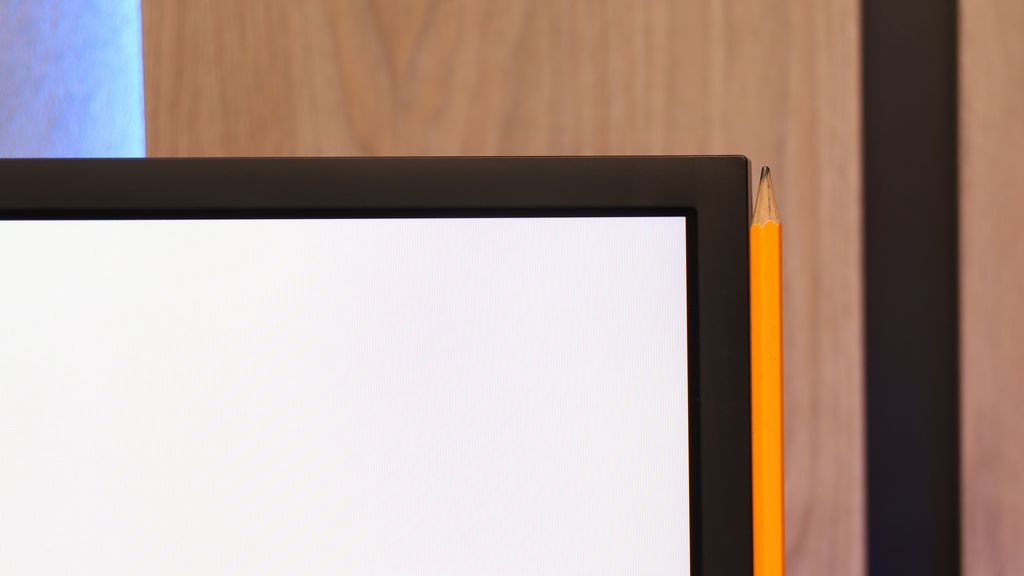
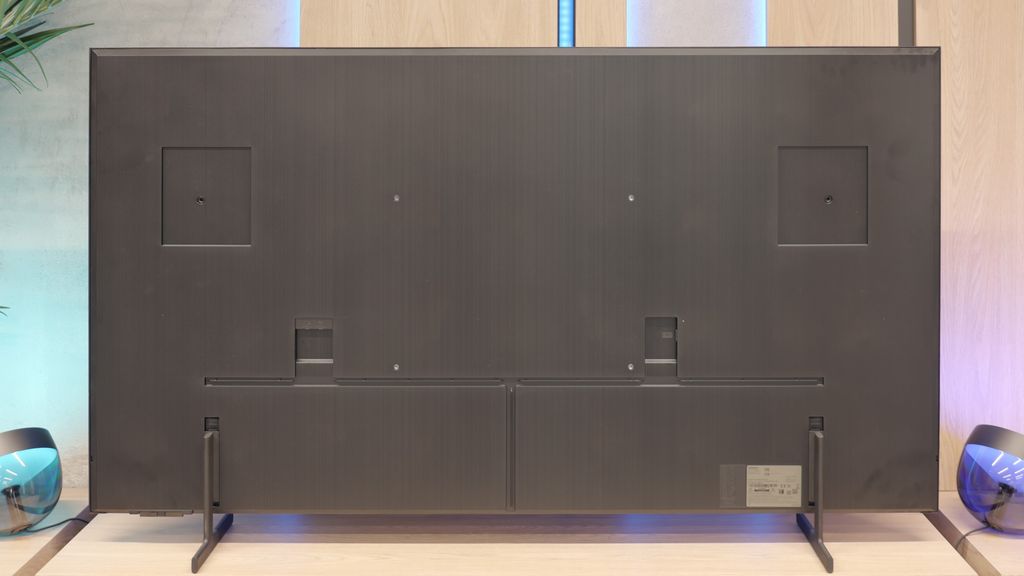
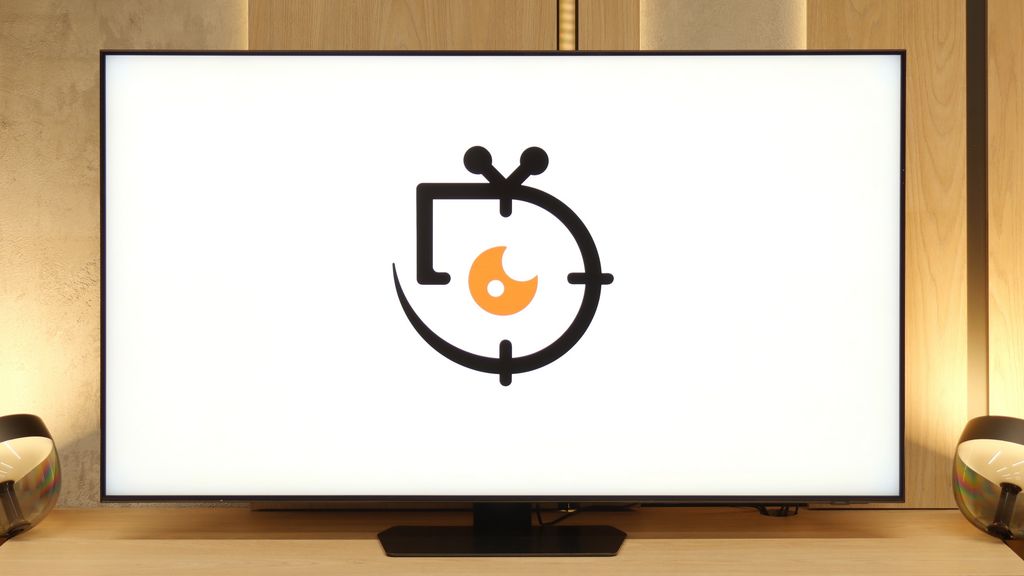
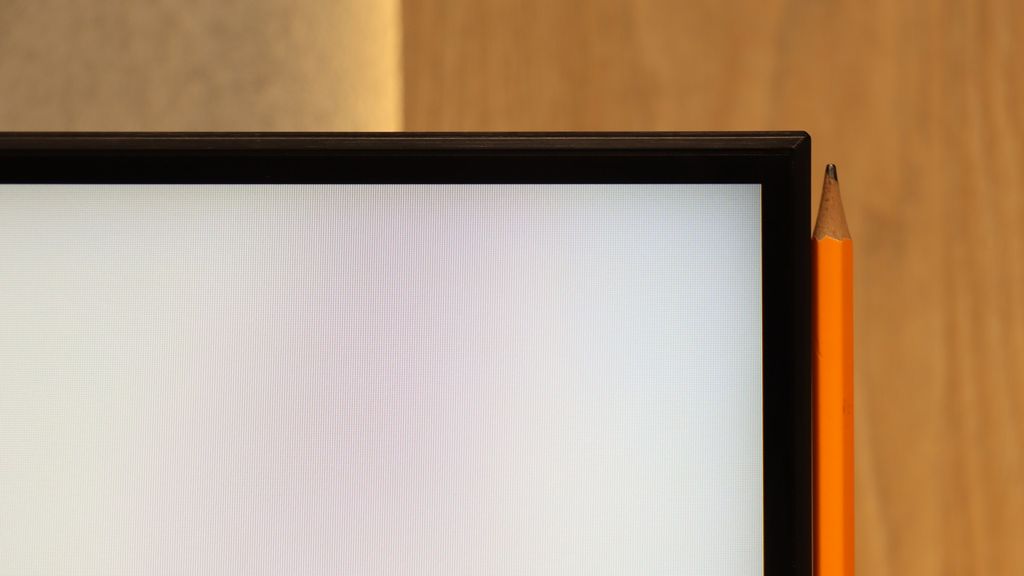
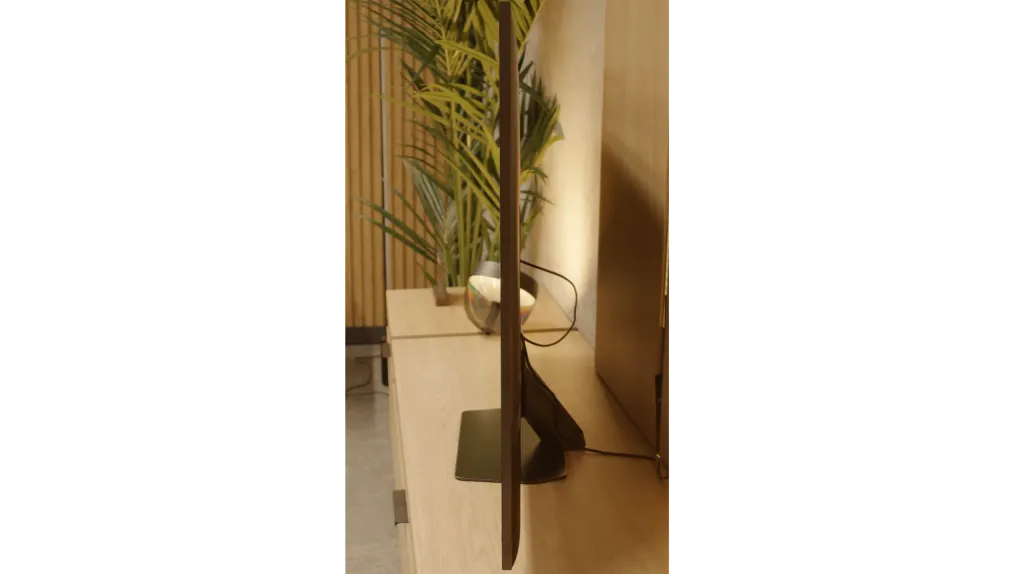
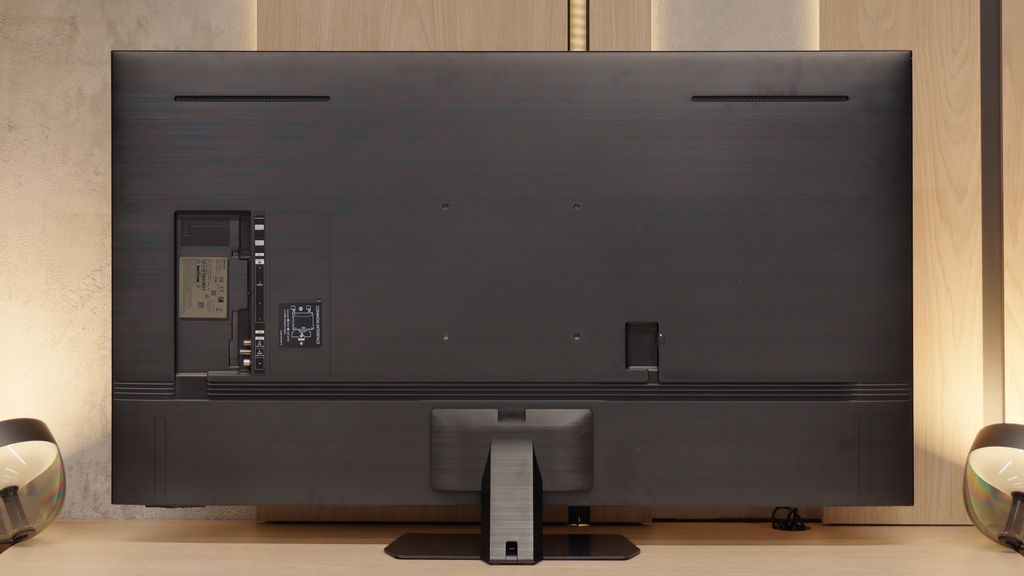
Contrast and black detail
5.7/10
8/10
Local dimming function: Yes, number of zones: 24 (1 x 24)
Local dimming function: Yes, number of zones: 504 (14 x 36)
Contrast:

Result
6,250:1

Result
5,100:1

Result
4,650:1

Result
4,350:1

Result
4,300:1

Result
1,530,000:1

Result
62,450:1

Result
186,400:1

Result
7,400:1

Result
4,500:1
Halo effect and black detail visibility:
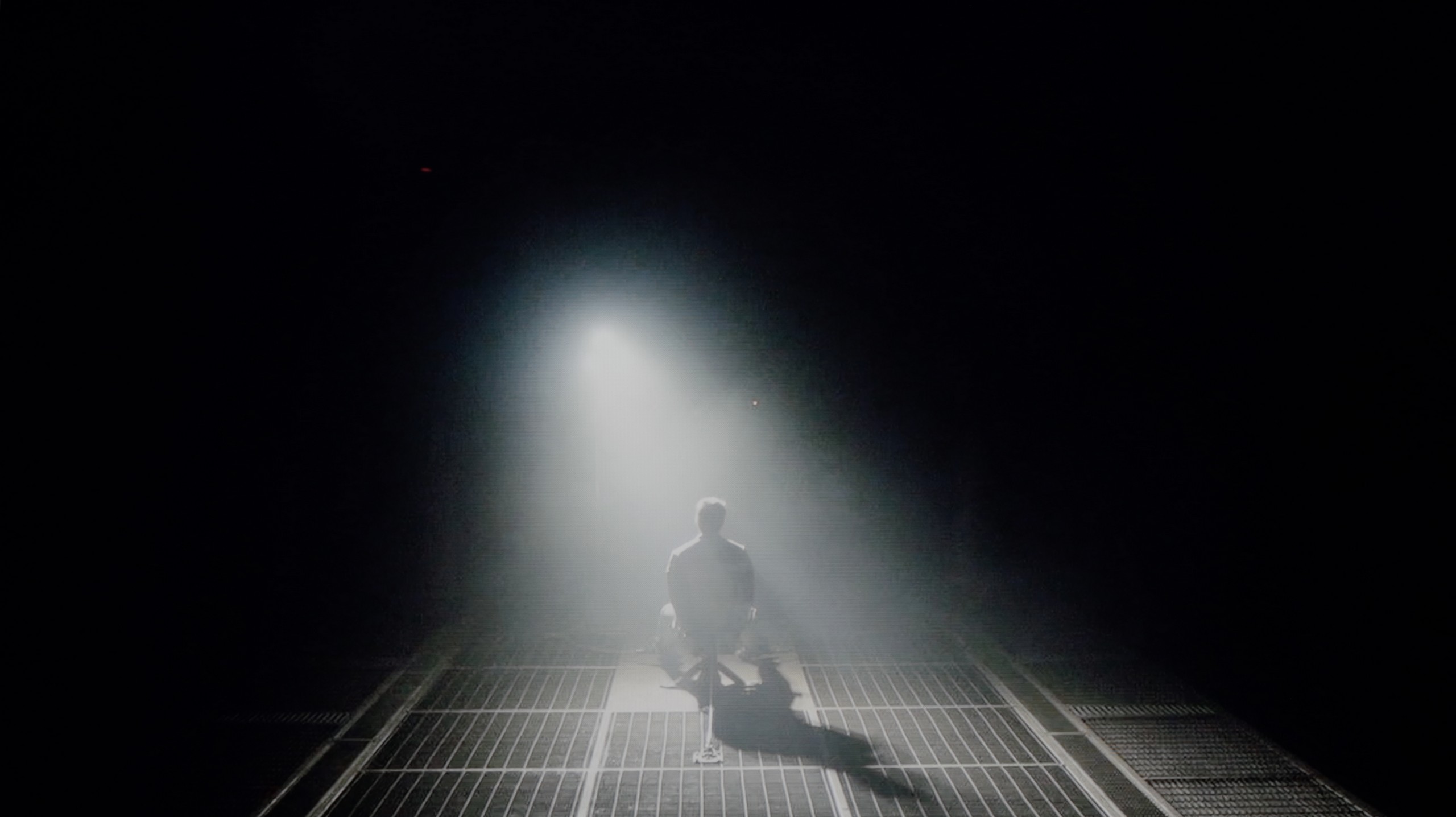
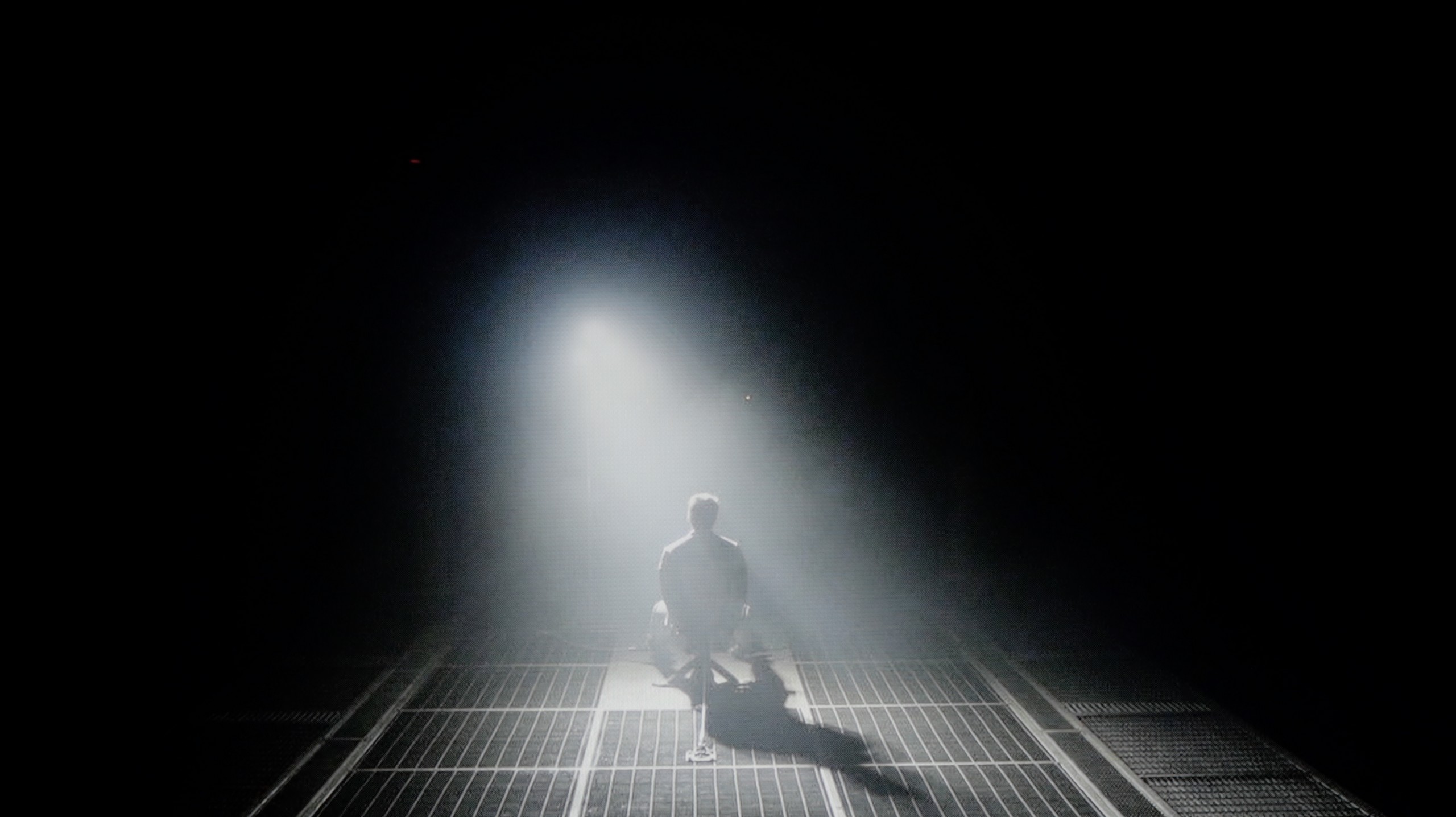
Samsung The Frame Pro has officially been labeled as a Mini-LED backlit television, but… is it really? In the 65-inch variant we tested, we counted only 24 dimming zones. The number itself seems somewhat modest, but the more important aspect is their placement – all of them are located along the bottom edge of the screen. In practice, this means that The Frame Pro should be treated more as edge-lit rather than a full-fledged Mini-LED with dense, direct local dimming. Samsung has used a similar maneuver before, renaming the Q70 series to Neo QLED televisions – mainly for marketing purposes. How does this translate to picture quality? Black levels and contrast look decent, but there are no effects known from televisions with advanced local dimming like in the QN80 series. Much of this is due to the high-quality VA panel, which provides solid parameters on its own – a contrast ratio of about 5000:1 looks good and, importantly, is stable without significant fluctuations. However, if someone buys The Frame Pro hoping to experience “true Mini-LED,” they might feel disappointed. We ourselves expected this model to differentiate itself more from the classic The Frame series in terms of contrast quality; however, the differences turned out to be smaller or even nonexistent compared to what the “Pro” designation might suggest.
If we compare the contrast results of this year's QN90F with last year's QN90D, it quickly becomes clear that the differences are minimal. In the best movie scenes, the contrast can reach values well above six digits, and sometimes even seven digits, which can be confidently considered as results nearly infinite. And indeed – in typical cinematic shots, the effect closely resembles that known from OLED TVs. Samsung deserves praise because despite a relatively "modest" number of dimming zones – 504 in the 55-inch variant (modest compared to Chinese competitors like Hisense U8Q or TCL C8K/C9K) – they managed to refine the local dimming algorithms. This is particularly noticeable in the most challenging scenes, where, compared to last year's model, the precision of dimming has nearly doubled. Of course, we still don't have perfectly separated bright objects from blacks, and we cannot speak of the absence of halo effects (slight glows around small bright objects) known from MINI-LED TVs, so QN90F still doesn't win against OLEDs. But it is definitely approaching them in a more mature and refined way than a year earlier.
HDR effect quality
5.8/10
7.4/10
Luminance measurements in HDR:

Result
745 nit

Result
458 nit

Result
476 nit

Result
446 nit

Result
660 nit

Result
1638 nit

Result
763 nit

Result
1119 nit

Result
562 nit

Result
1947 nit
Scene from the movie “Pan” (about 2800 nits)


Scene from the movie “Billy Lynn” (about 1100 nits)


Static HDR10


Dynamic: HDR10+
Dynamic: HDR10+


HDR luminance chart:
Samsung QN90F / QN92F
HDR luminance
Samsung The Frame Pro
HDR luminance
Samsung The Frame Pro belongs to relatively bright televisions. In synthetic tests, we managed to achieve values around 900 nits, which, for a lifestyle model, is quite a decent result. In full-screen scenes, such as the frame from the movie The Meg or the opening sequence in Life of Pi, brightness remained at levels of 700–800 nits. These are values that allow you to fully enjoy HDR effects and capture their cinematic magic. However, the situation complicates when smaller, point light sources appear on the screen. The edge lighting used here, equipped with the ability to locally dim entire strips, does not handle them very well. It sometimes happens that small elements are excessively dimmed, which weakens the effect, or on the contrary – they are significantly brightened, but at the cost of losing black depth in that part of the image. This can be compared to light glows resembling the spread of a laser beam in dense fog – the effect is visible and bright, but at the same time, it is not very natural and distracts our attention. Fortunately, the color aspect performs better. Thanks to the use of a quantum dot filter (QLED), the colors are saturated, and the reproduction of the DCI-P3 palette exceeds 92%. In general, movies or series watched in HDR on The Frame Pro present a rich color palette, even if the contrast and the operation of the backlight algorithms can sometimes distract our attention.
The Samsung QN90F can truly shine in brightness. In our measurements, it achieved over 2200 nits, which directly translates to the viewing experience. Practically, this means that when a very bright scene appears in a movie – for example, the sunrise in The Meg – the screen looks as if natural light is actually shining on us. This isn’t just a number from a chart, but a real sense of image intensity! However, the TV cannot always deliver that full power. With smaller details, such as headlights or lamps, the brightness drops to 500–700 nits. This is a conscious decision by the algorithms – this way, the contrast between large and small elements is better controlled, and the image does not lose balance. Importantly, this is still a huge improvement compared to last year's QN90D, where similar details were almost invisible, shining at just 200 nits. Here, the HDR effect is much more consistent and credible. The only downside is the colors. The coverage of the DCI-P3 palette stopped at 91%, which can be considered a rather average result in this price range.
Factory color reproduction
5.5/10
5/10
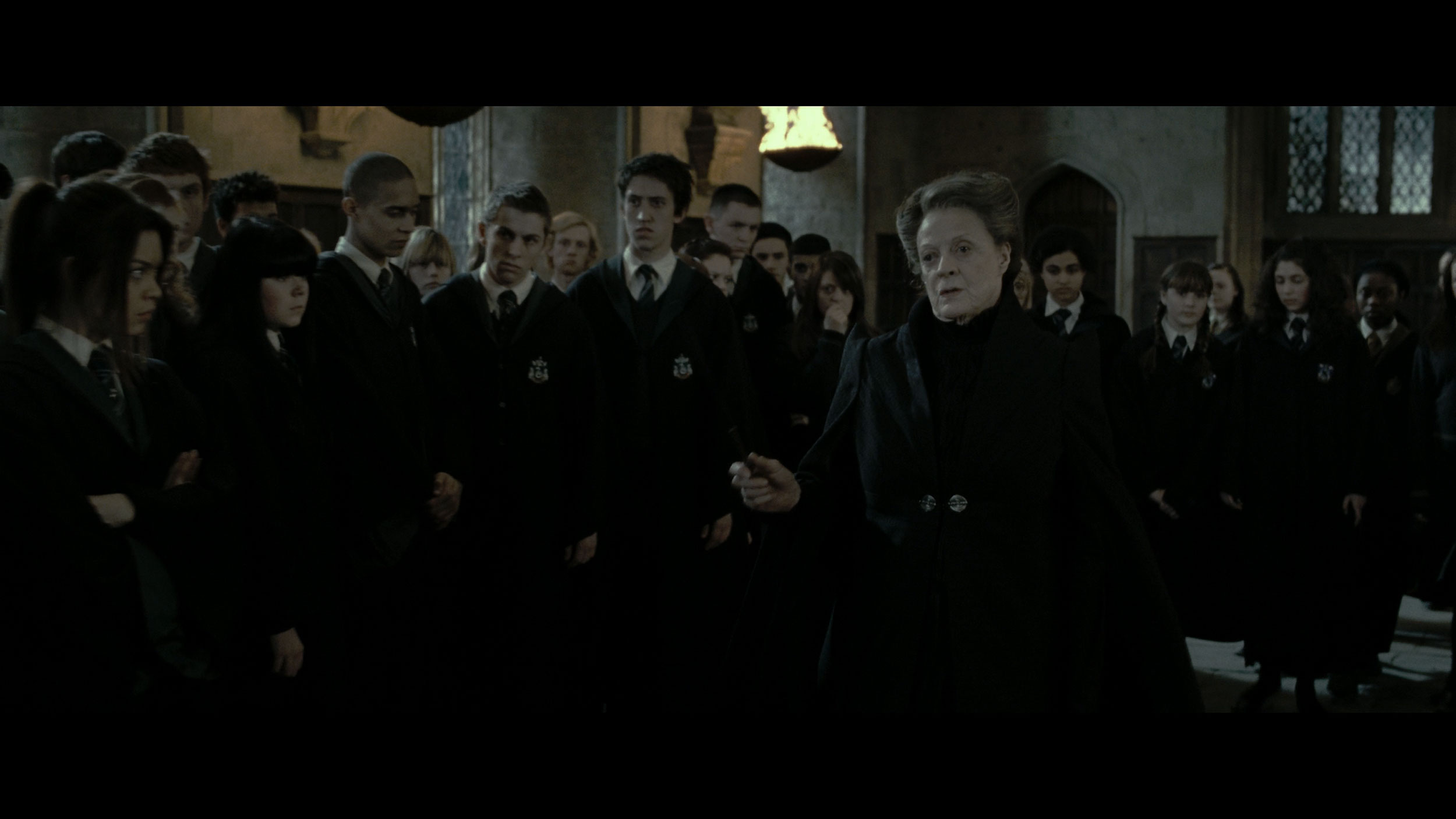
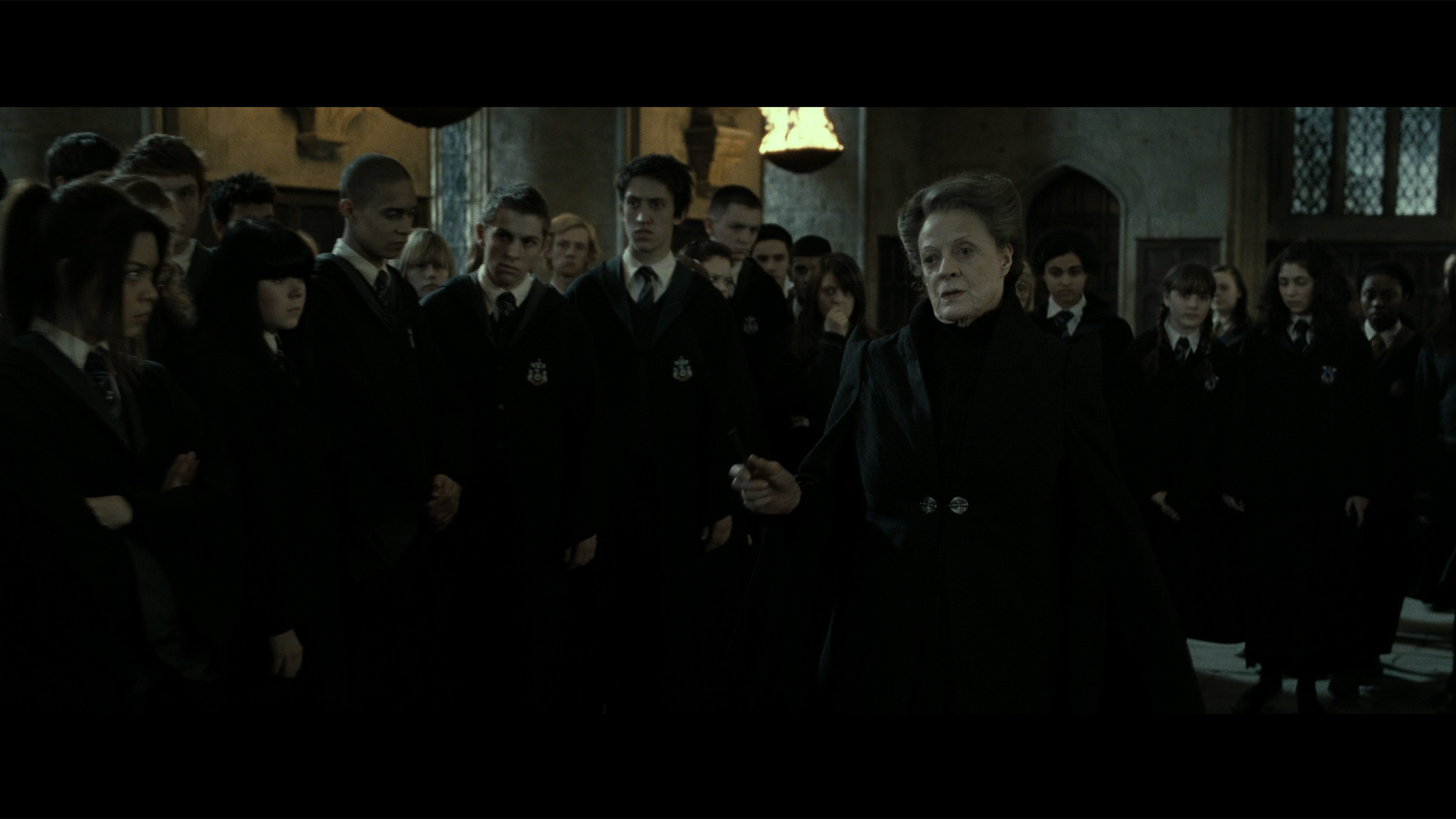
Factory Mode
After calibration
The best results were, of course, achieved in Filmmaker mode, which immediately showed that Samsung paid attention to the factory settings. In SDR content – the type of content most often viewed – The Frame Pro performed really well. White balance and gamma were almost perfectly matched, making the image look natural and consistent. Yes, there were some noticeable errors, especially in skin tones and reds, which could be overly saturated, giving everything a slightly “warmed up” character, but in everyday use, this did not significantly affect the viewing experience. In the case of HDR content, the situation was similar regarding white balance. It was at a good level; however, the biggest problem turned out to be brightness management. The EOTF curve was set in such a way that in many scenes the image appeared to be overexposed, and the brightest areas lost details and turned into solid patches of light. This severely undermined realism and made the colors appear strongly over-sharpened. Fortunately, Samsung provides the option for manual adjustment of the curve in its televisions, so we opted for calibration, and its results can be seen below.
We tested color reproduction in the QN90F in Filmmaker mode, and as usual with Samsung TVs, this mode proves to be the best starting point right out of the box. However, this does not mean that the image is free from flaws. The white balance in SDR and HDR content was surprisingly good – the colors didn’t shift in any direction, and even in the factory setting, it looked solid. However, a problem arose with the gamma and EOTF curves, which are responsible for how the TV manages brightness. Here, the QN90F significantly brightened the entire image, causing black levels and colors to lose their intensity, and the overall effect resembled a milky filter being applied. Fortunately, Samsung, unlike many competitors in the miniLED world, provides users with a lot of tools to control the settings that we don’t find with other manufacturers, such as Chinese brands. Therefore, we decided to check if it was possible to extract the full potential of the QN90F because we know that such a high series can deliver much more.
Color reproduction after calibration
8.5/10
9/10




After calibration, the SDR mode looks simply perfect. We managed to eliminate the overly strong red saturation that previously gave the picture a somewhat excessively warm character. The colors became more balanced, which translated to a natural and pleasant reception of daily content – from television to movies and series from streaming or materials on YouTube. In HDR mode, the EOTF curve required the most work, as it originally caused excessive burning of the entire image. Calibration largely helped to "tame" this problem – the image stopped being overexposed, and details in bright areas became more visible. Of course, the limits are set by the television's own design, as edge lighting reveals its limitations, and even the smallest elements of light can still be oversaturated or blend into the background. However, this is a matter of technology, not calibration itself. After the correction, The Frame Pro is much more enjoyable to watch, and it's definitely worth opting for if you want to make the most of your television's capabilities.
After our adjustment of the settings, the QN90F showed what it is really capable of – and it must be admitted that it has one of the best images we have seen on a miniLED screen this year. As we mentioned earlier, the white balance was not a major issue even in its factory version, but only after the gamma calibration were we able to get close to nearly reference values. The same is true for HDR content, where the EOTF curve after correction presents mature and consistent results. Indeed, in some films, it can be noticed that the smallest elements of the image are slightly brightened, and with a limited number of dimming zones, there is still a risk of the halo effect. It should be remembered, however, that such phenomena are characteristic of all miniLED televisions, and it's hard to expect miracles even from the QN90F. The most important thing is that after calibration, the television shows an image that, in terms of conveying the director's vision, confidently competes even with many OLED screens available on the market.
Smoothness of tonal transitions
9.5/10
8.9/10





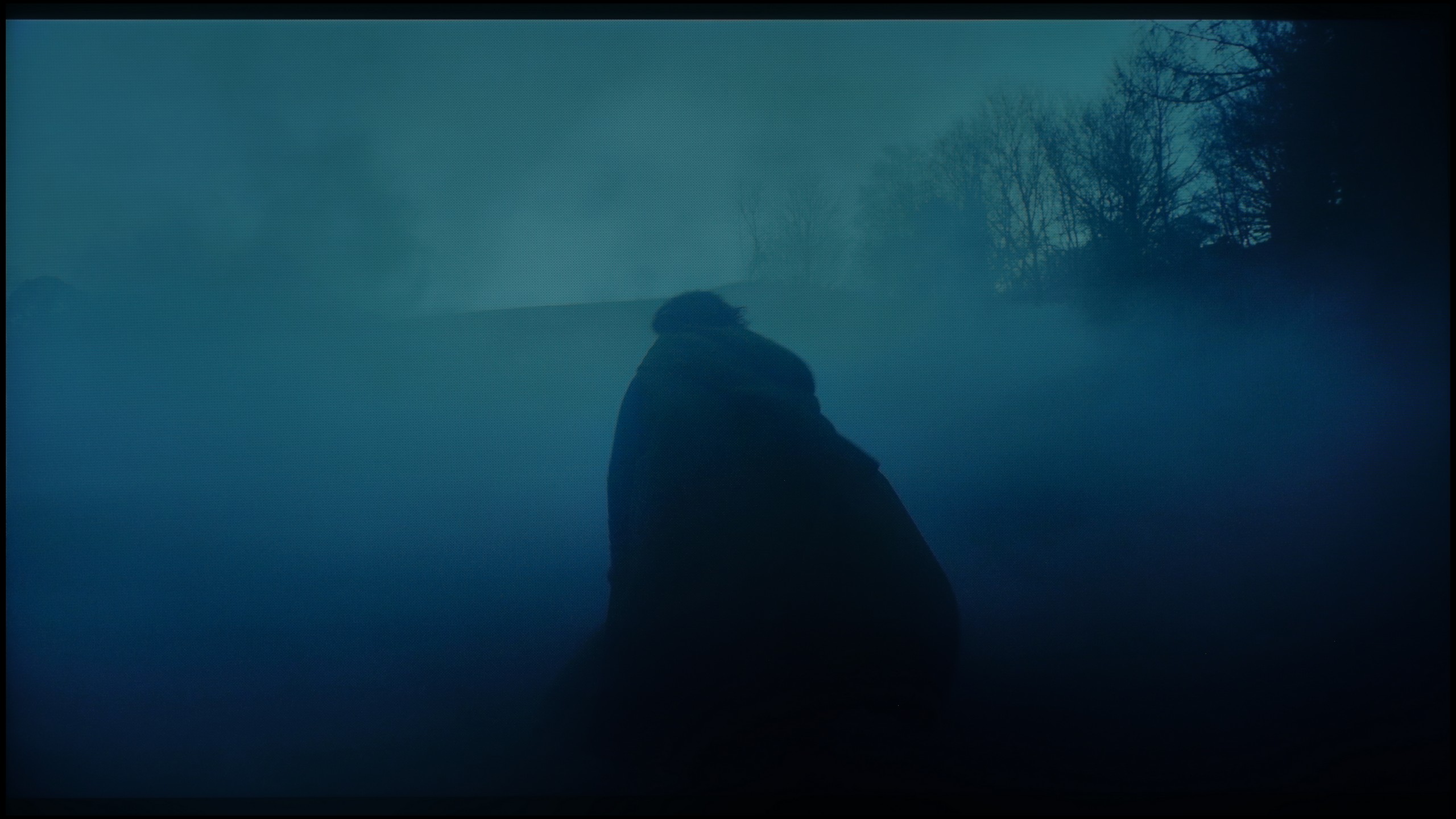






Here Samsung truly deserves immense applause. The Frame Pro has proven to be one of the best TVs of the year when it comes to the smoothness of tonal transitions. During testing, we were practically unable to detect any noticeable issues with color blending – the gradients looked smooth and natural, and the "banding" typical of many TVs simply did not appear. Yes, in very dark scenes, minimal imperfections can be noticed, but you have to really focus to see them – even the seasoned eye of our editorial team had trouble with this. Therefore, in everyday viewing, there’s no way anything will disrupt your experience. This is a huge plus because it’s in darker scenes that TVs most often struggle. You won’t experience that here.
The tonal transitions in the QN90F are at a very good level. Regardless of the scene being tested, it was difficult to spot clear problems with color blending or visible banding. Even in demanding segments, such as the scene from the movie Green Knight, where the actor immerses himself in red water, the image appeared smooth and natural. Indeed, with careful watching, one can notice minor micro-blemishes – for example, in the grays or in very bright shots – but they do not affect the overall perception. The television performs well enough that most viewers will not notice these imperfections.
Image scaling and smoothness of tonal transitions
7.5/10
7.5/10
Smooth transition function
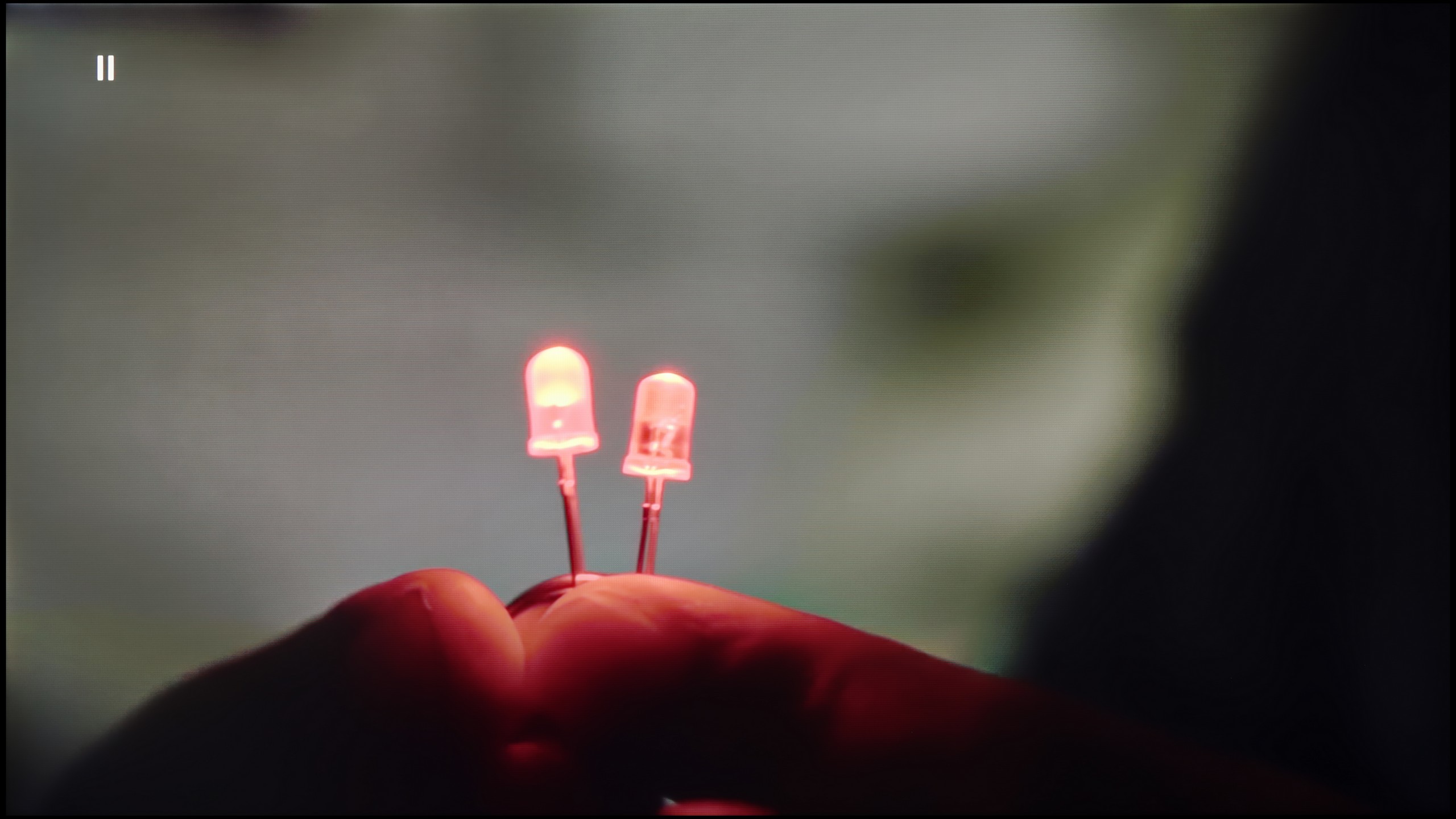
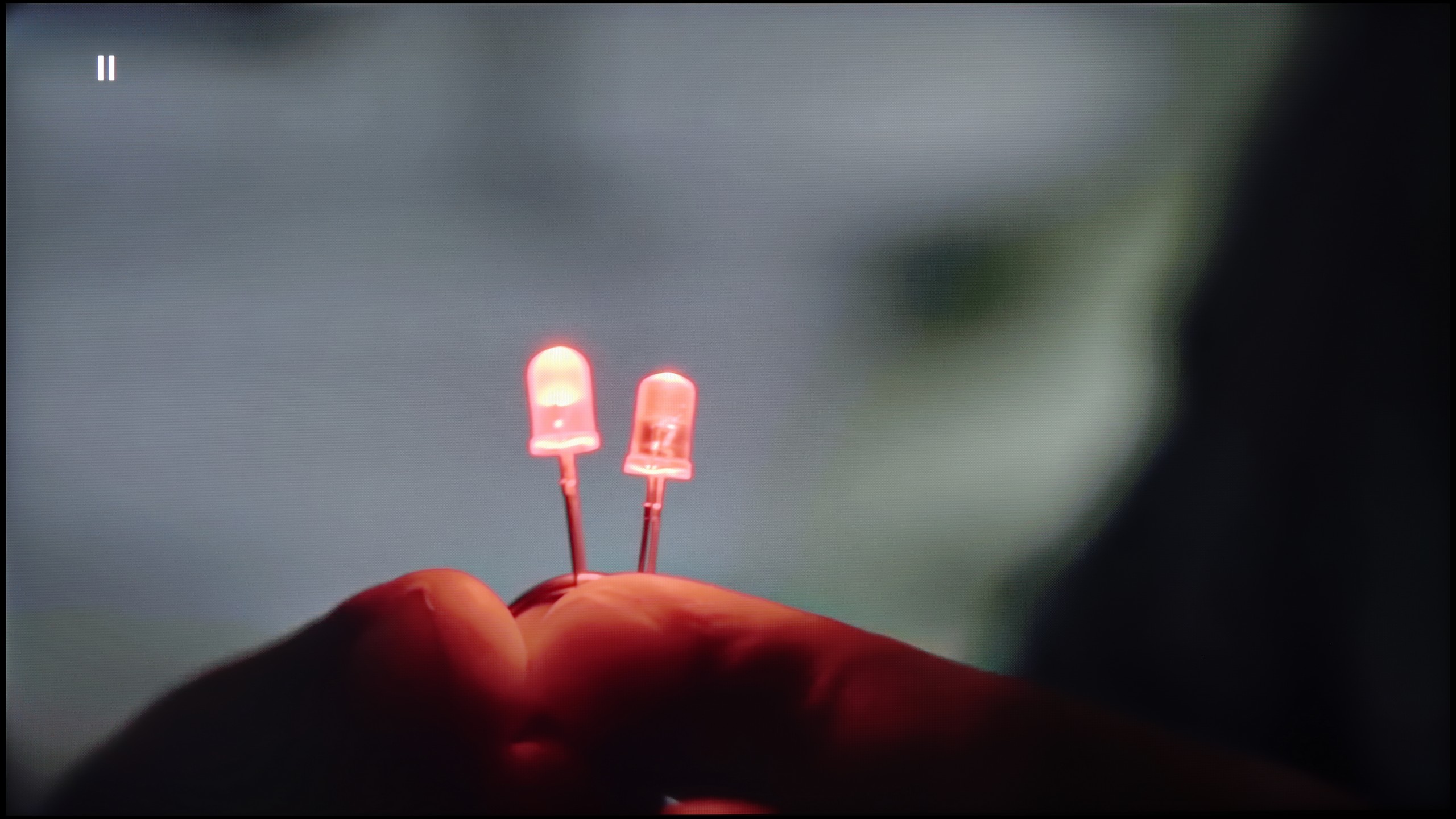
Image without overscan on the SD signal


While the smoothness of tonal transitions in 4K HDR content on The Frame Pro is not a problem at all, naturally with weaker signal quality – from television, HD content, or older Full HD films – imperfections may occur. Therefore, it is crucial how the television handles these limitations thanks to its image processor. The noise reduction feature works really effectively here. At the medium setting, it eliminates unwanted bands or artifacts, smoothing the image in a noticeable but not overly exaggerated way. However, it should be noted that Samsung tends to operate aggressively – even at the lowest setting of this feature, it can "eat" film grain. It is therefore advisable to use it with caution and adjust the settings to the material being viewed.
The upscaling itself is at a high level. The Frame Pro can effectively upscale older materials to native 4K resolution while maintaining good sharpness and readability. Movies and series in lower quality simply look better here. However, it is worth mentioning a minor drawback – typical for many Samsung televisions. With very old sources of poor quality, you may notice cropping of the image edges on the left side of the screen. This is not a problem that will ruin the viewing experience, but it is good to know that it may occur.
QN90F handles upscaling very well. Materials in lower resolution, even SD, are boosted to a clear and sharp image, showcasing plenty of details in the background. This is a significant advantage because the television makes older content or everyday TV look much better than on most budget screens. However, the issue of overscan remains, which is the trimming of the edges of the screen that cannot be turned off in Samsungs. This can cause some subtitles on the screen to disappear or a relative's face from a wedding on a VHS tape to be slightly cropped. 😉
The digital image processing also works well. In the menu, we find a feature called "noise reduction," which can smooth out tonal transitions and improve the reception of lower-quality materials, such as from YouTube. In medium setting, the effect is the most beneficial – it does not heavily interfere with details while eliminating the "stair-stepping" problem in colors. However, it is important to remember that the feature can be quite aggressive and can also remove natural grain in older films, so it's best to use it in moderation.
Blur and motion smoothness
7.8/10
7.5/10
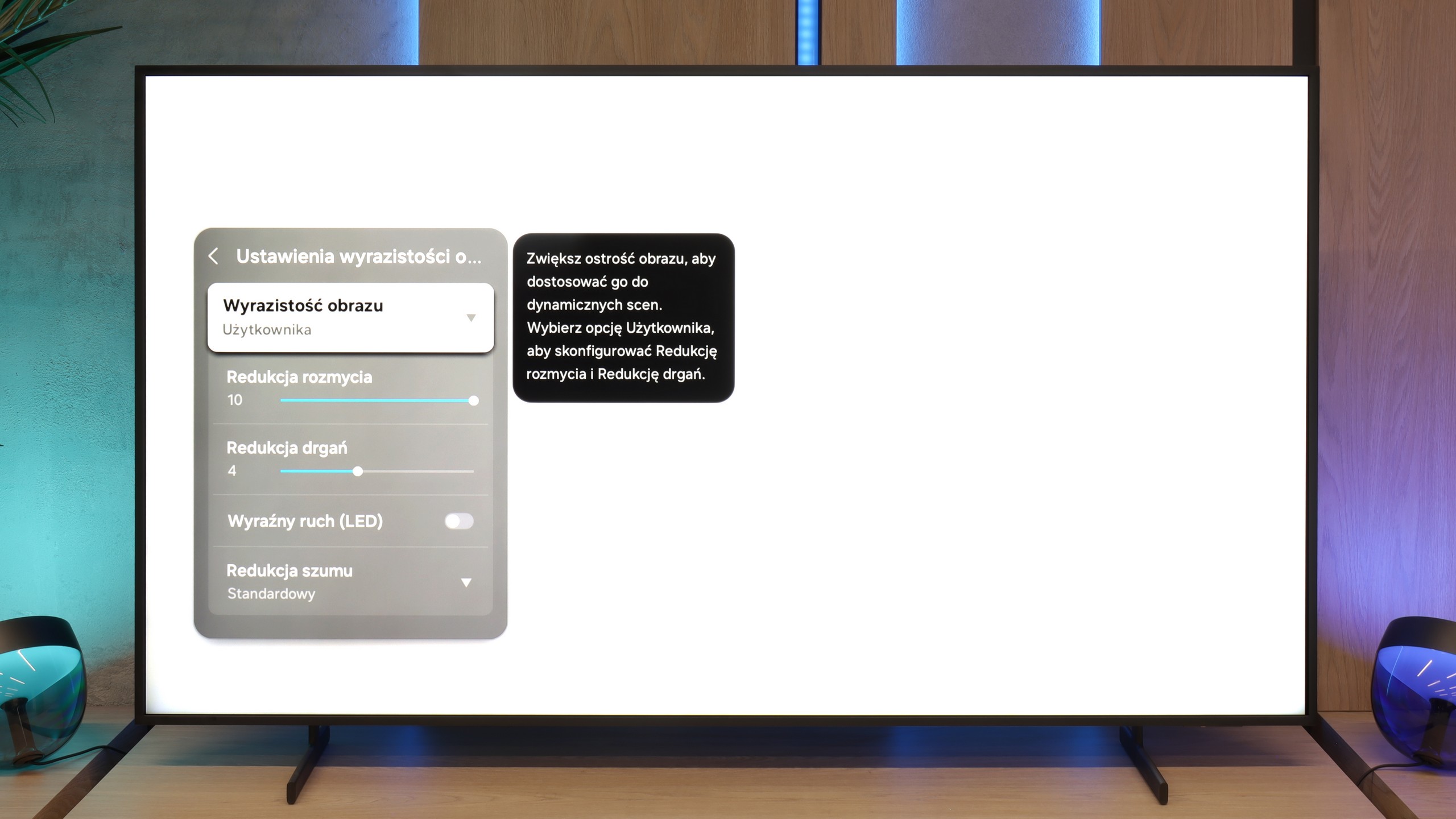
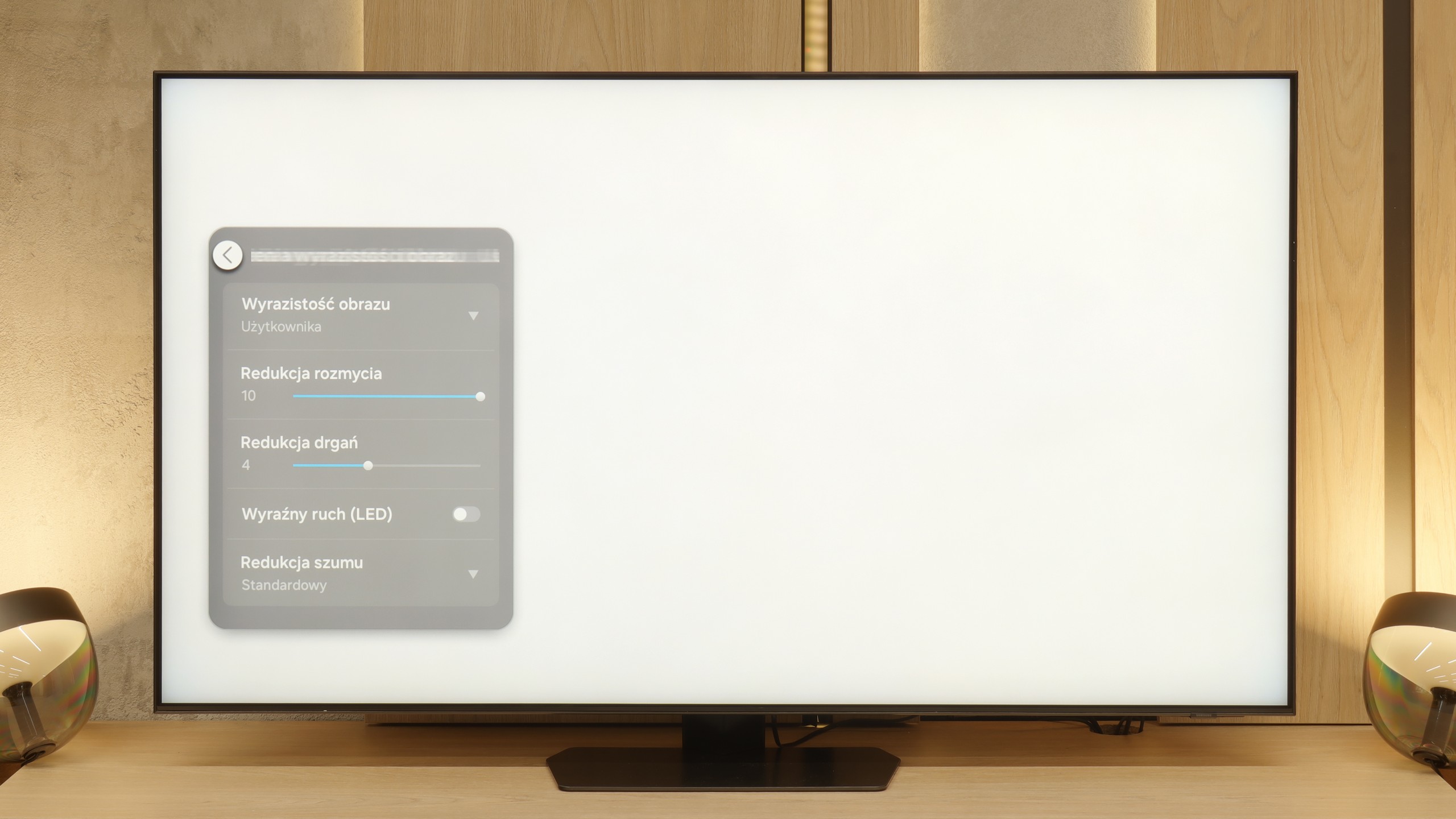
Blur (native resolution, maximum refresh rate):

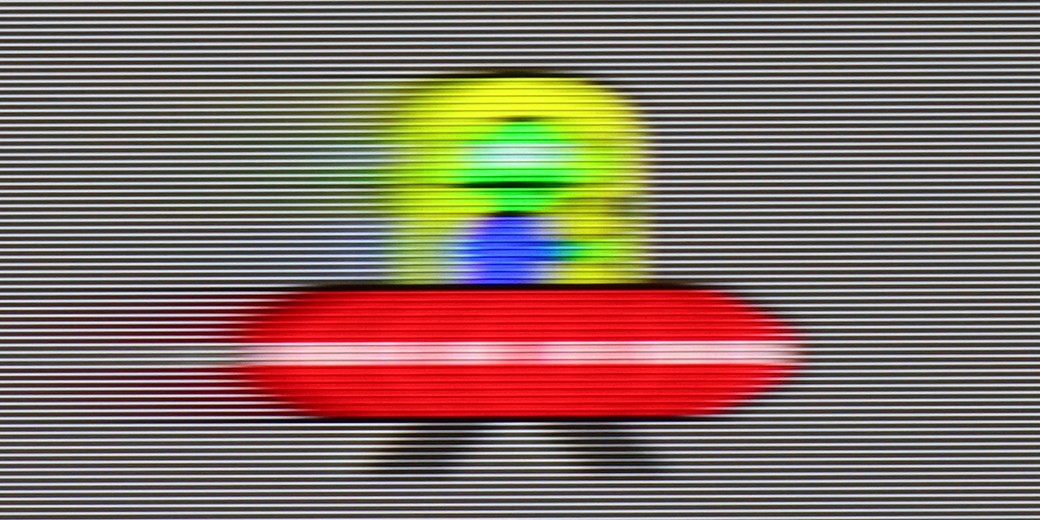
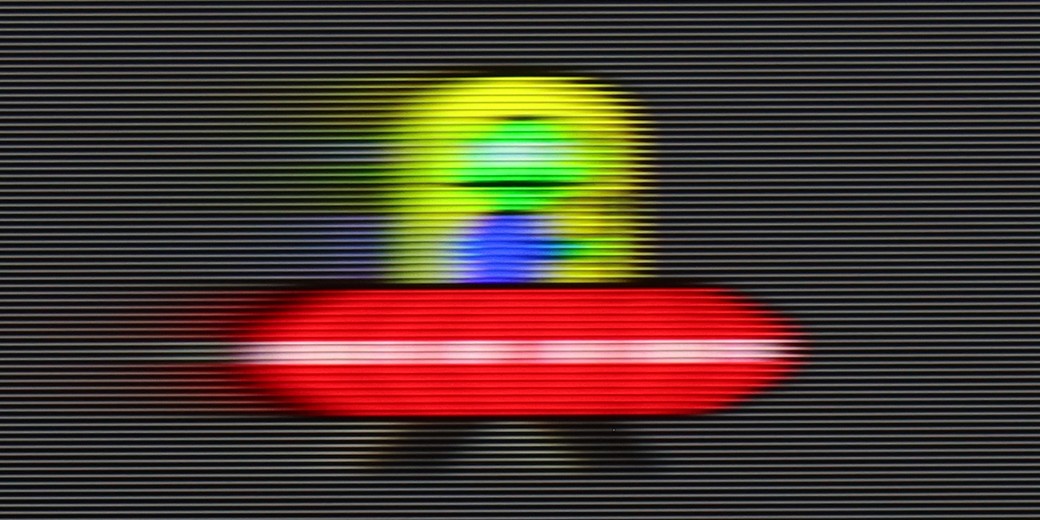

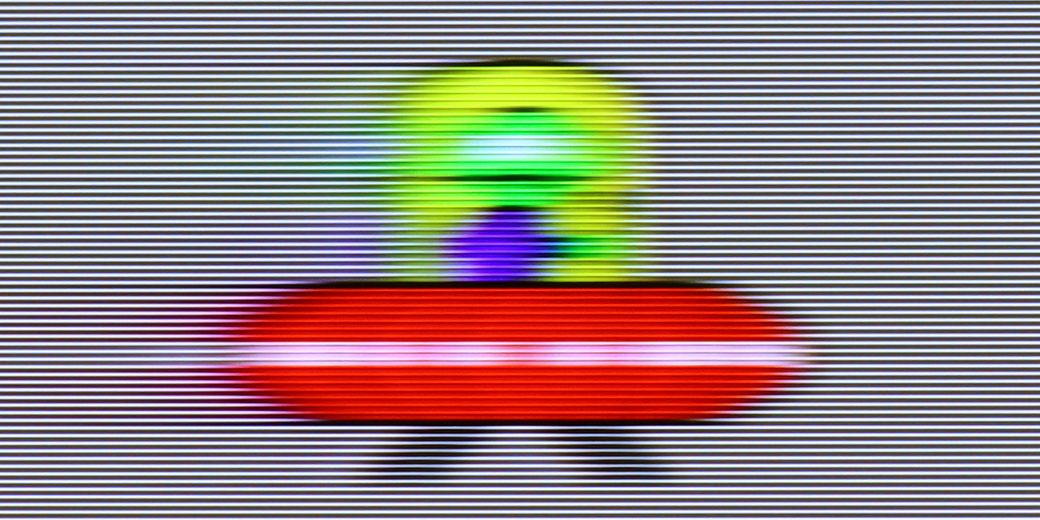
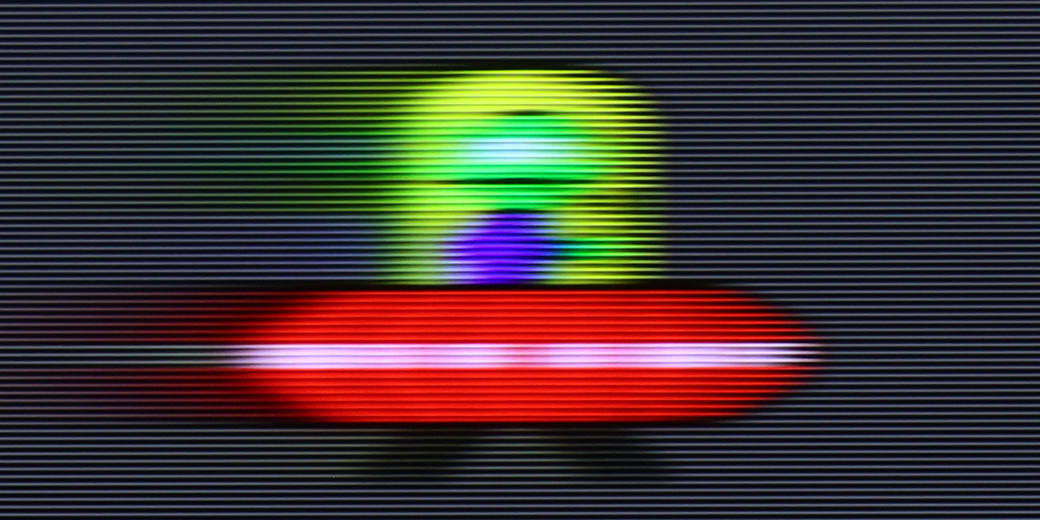
Blur (BFI function enabled):
Image flickers in this mode



Image flickers in this mode



Smużenie (4K@144Hz):


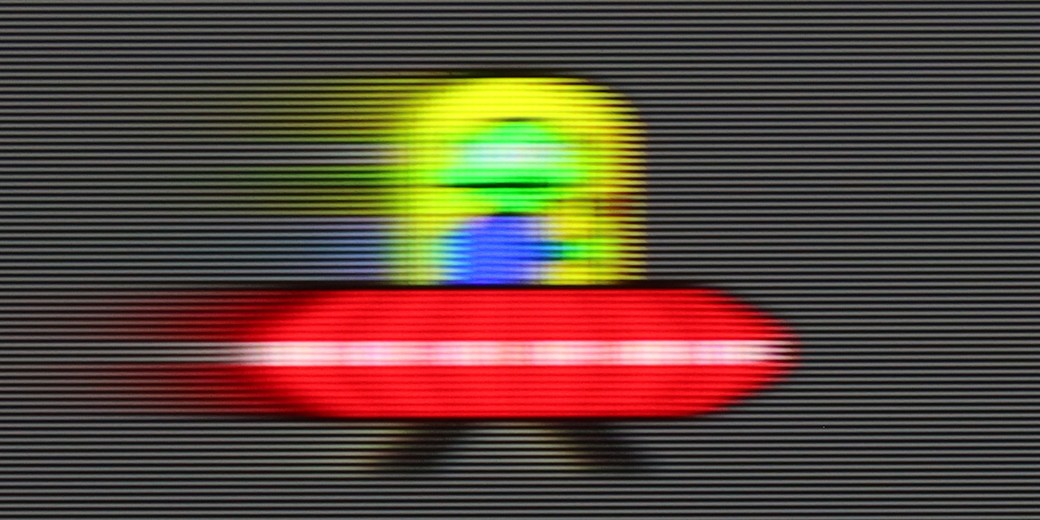
Smużenie (4K@165Hz):


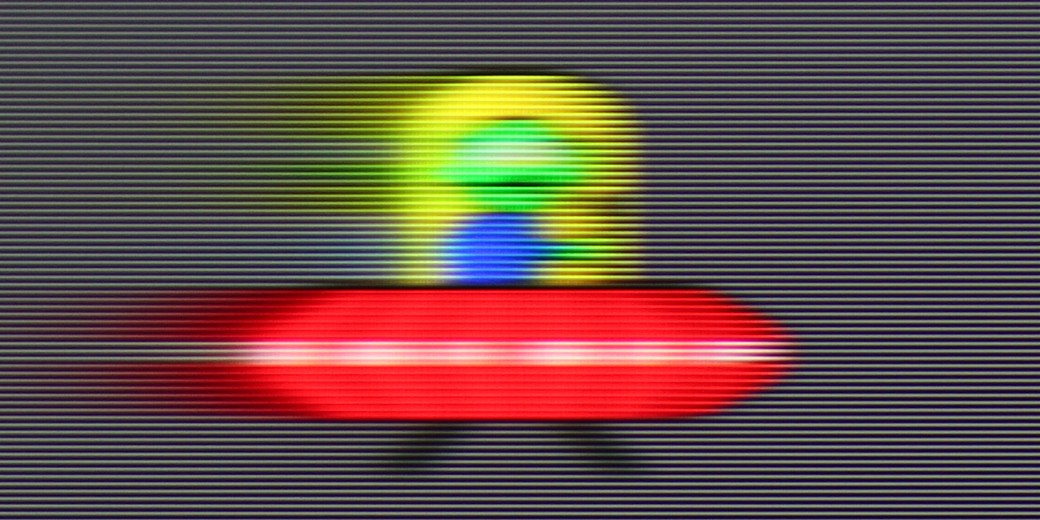
The smoothness of motion in The Frame Pro is ensured not only by the panel, which operates with a refresh rate of up to 144 Hz, but also by the image processor and the smoothing system. It is thanks to this that we can adjust the way we display movies or sports broadcasts to our own preferences. Available are sliders for motion blur reduction and judder reduction – the first function improves the sharpness of fast movements, while the second allows for softening the "jumping" image effect during camera pans. Therefore, everyone can choose between a cinematic character of motion and a smoother, more "television-like" style.
The QN90F is equipped with a panel that has a maximum refresh rate of 165 Hz, and while primarily PC gamers will appreciate this advantage, it is still worth highlighting. In movies or sports broadcasts, we are limited to the classic 120 Hz, but this is not a cause for concern. In practice, the additional motion smoother plays a more significant role here. With the "Motion Clarity" setting, we can adjust the image to our own preferences. The blur reduction option is responsible for smoothness and trailing in sports. Meanwhile, the "judder reduction" function improves motion smoothness in productions recorded at 24 frames, such as movies and series. If we set it high, the film looks smoother and more fluid than it was actually filmed. Lower values, on the other hand, maintain its cinematic "rawness" with the visible film frame.
Console compatibility and gaming features
8.2/10
8.2/10
- ALLM
- VRR
- VRR range48 - 144Hz48 - 165Hz
- Dolby Vision Game Mode
- Correct implementation of HGIG
- 1080p@120Hz
- 1440p@120Hz
- 4K@120Hz
- Game bar
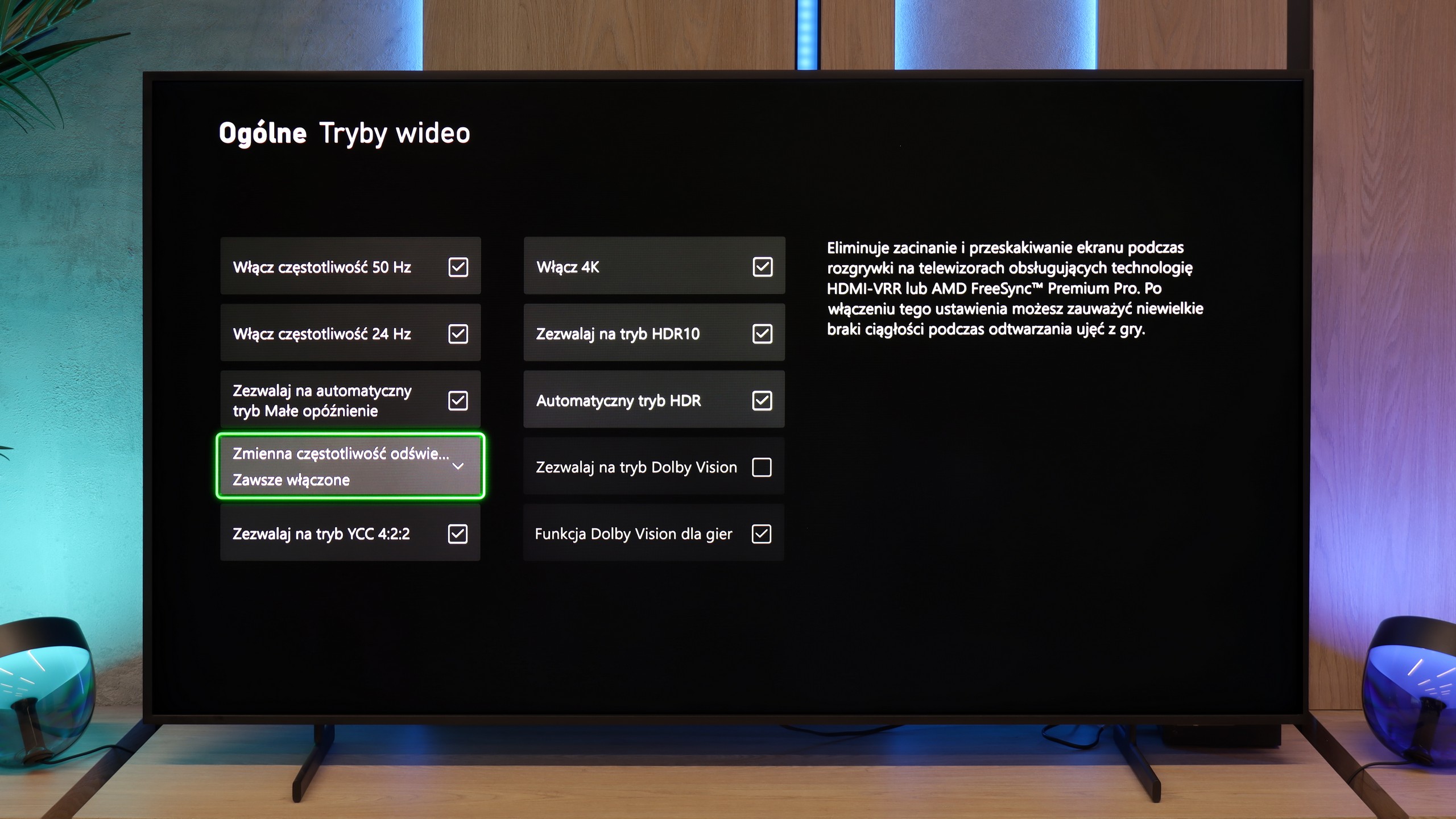
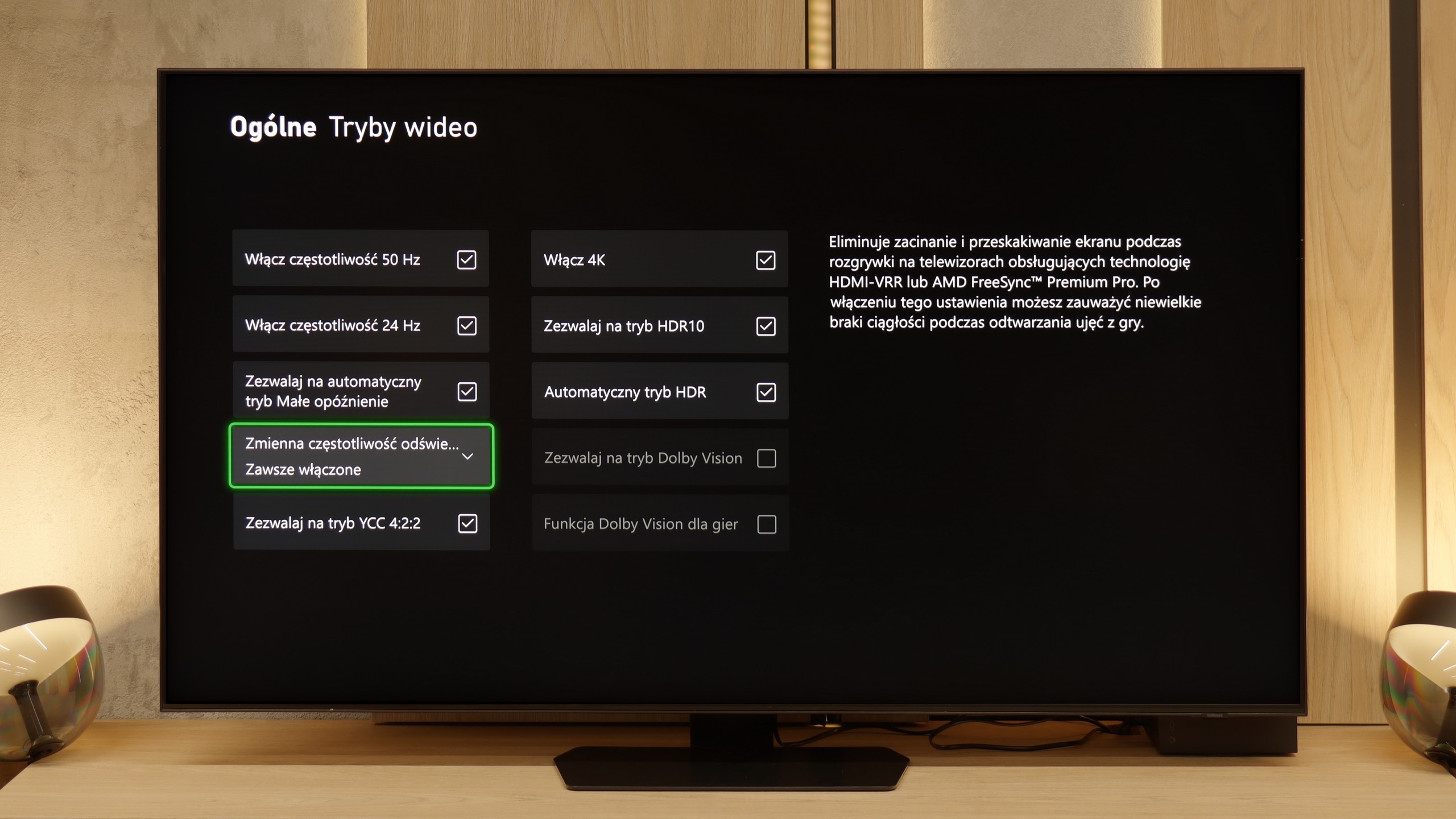
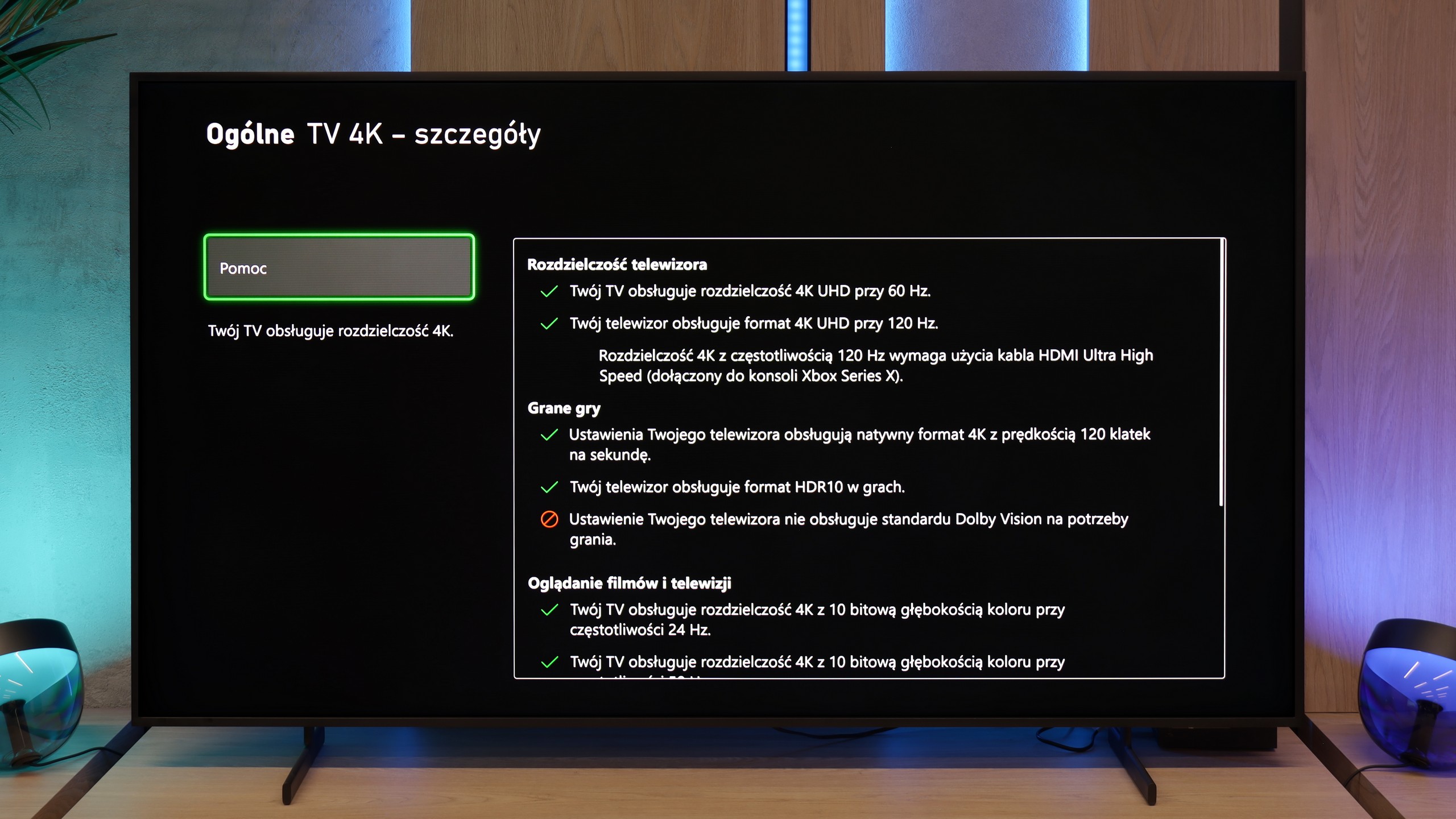
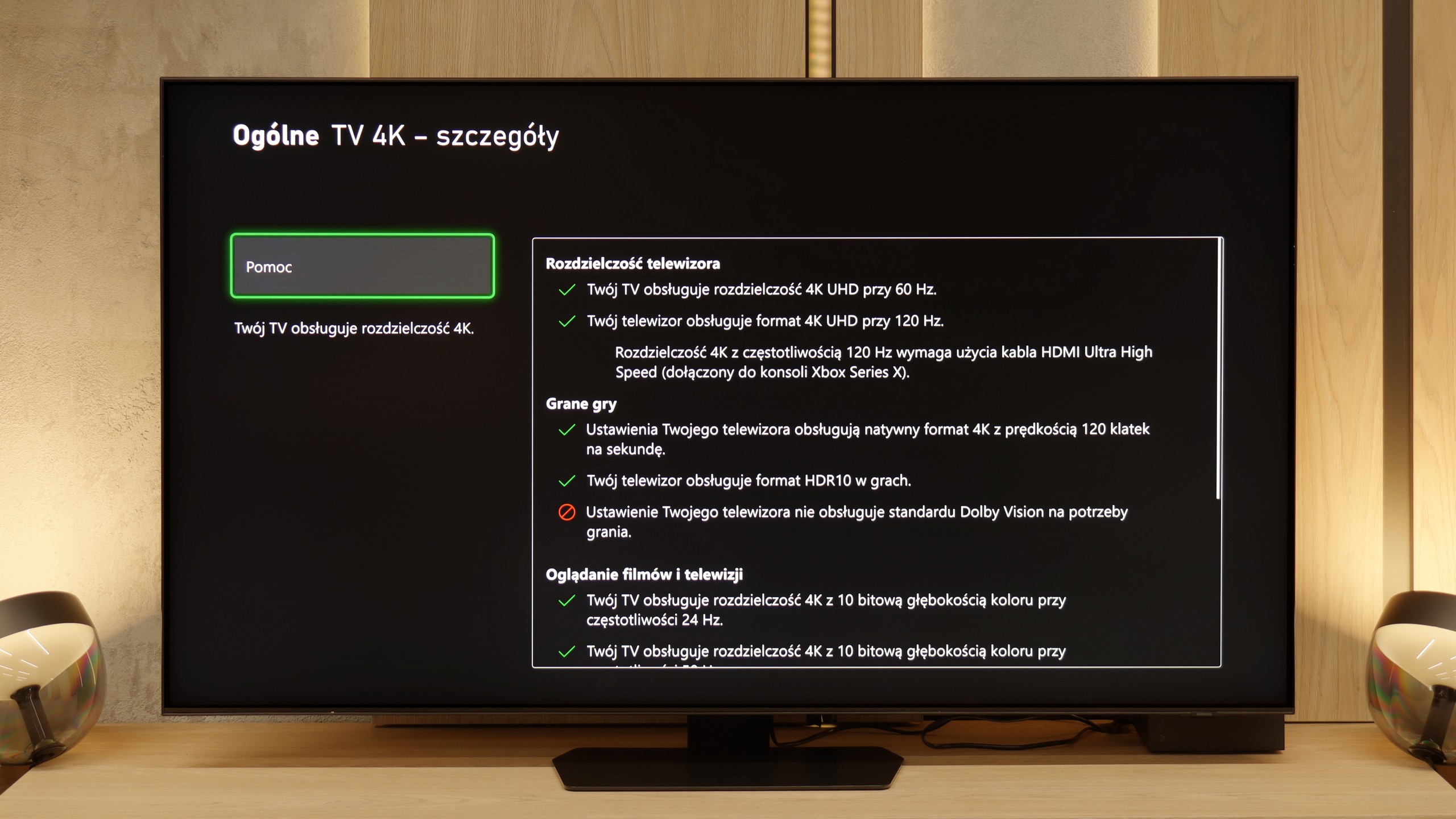
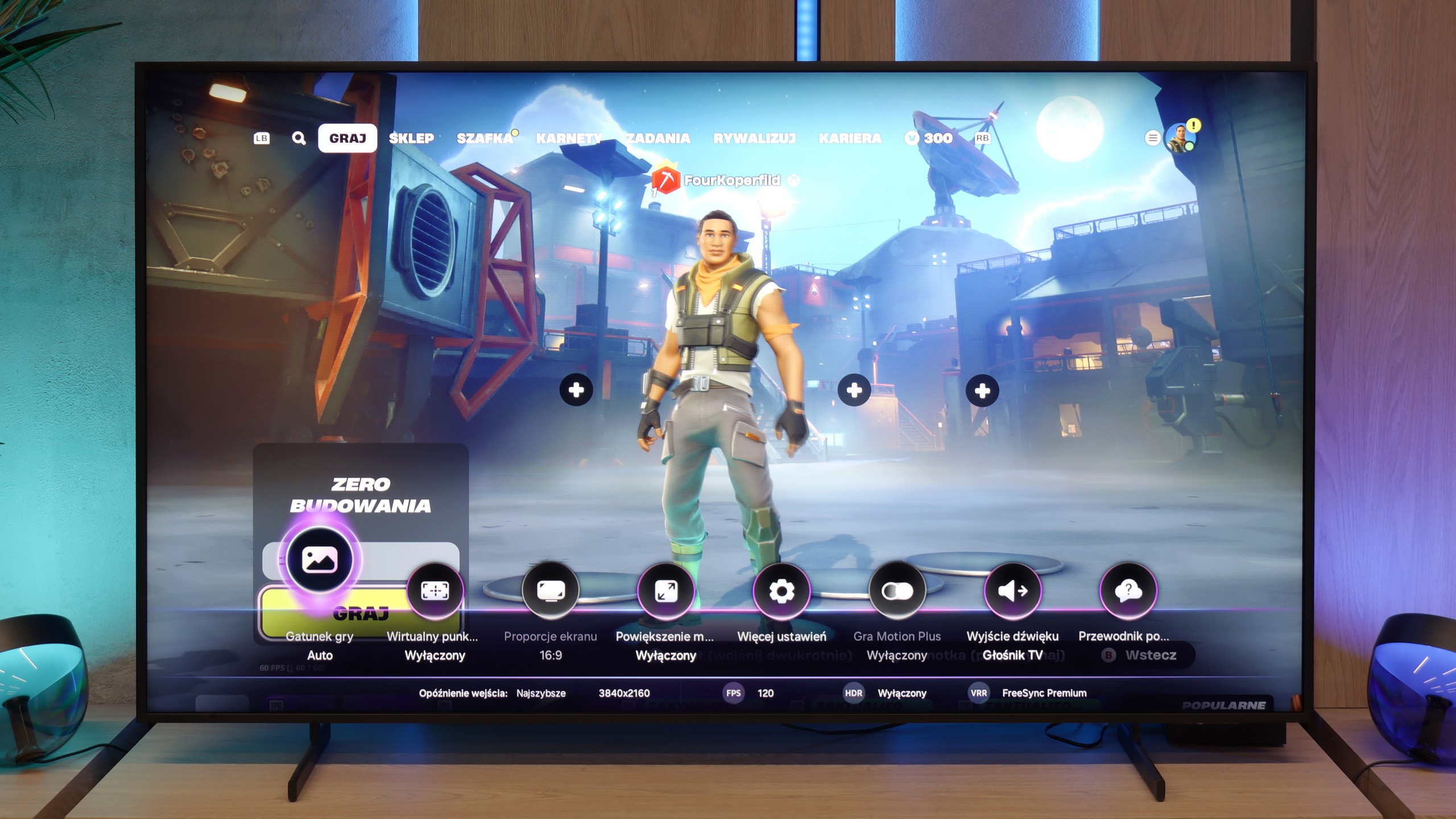
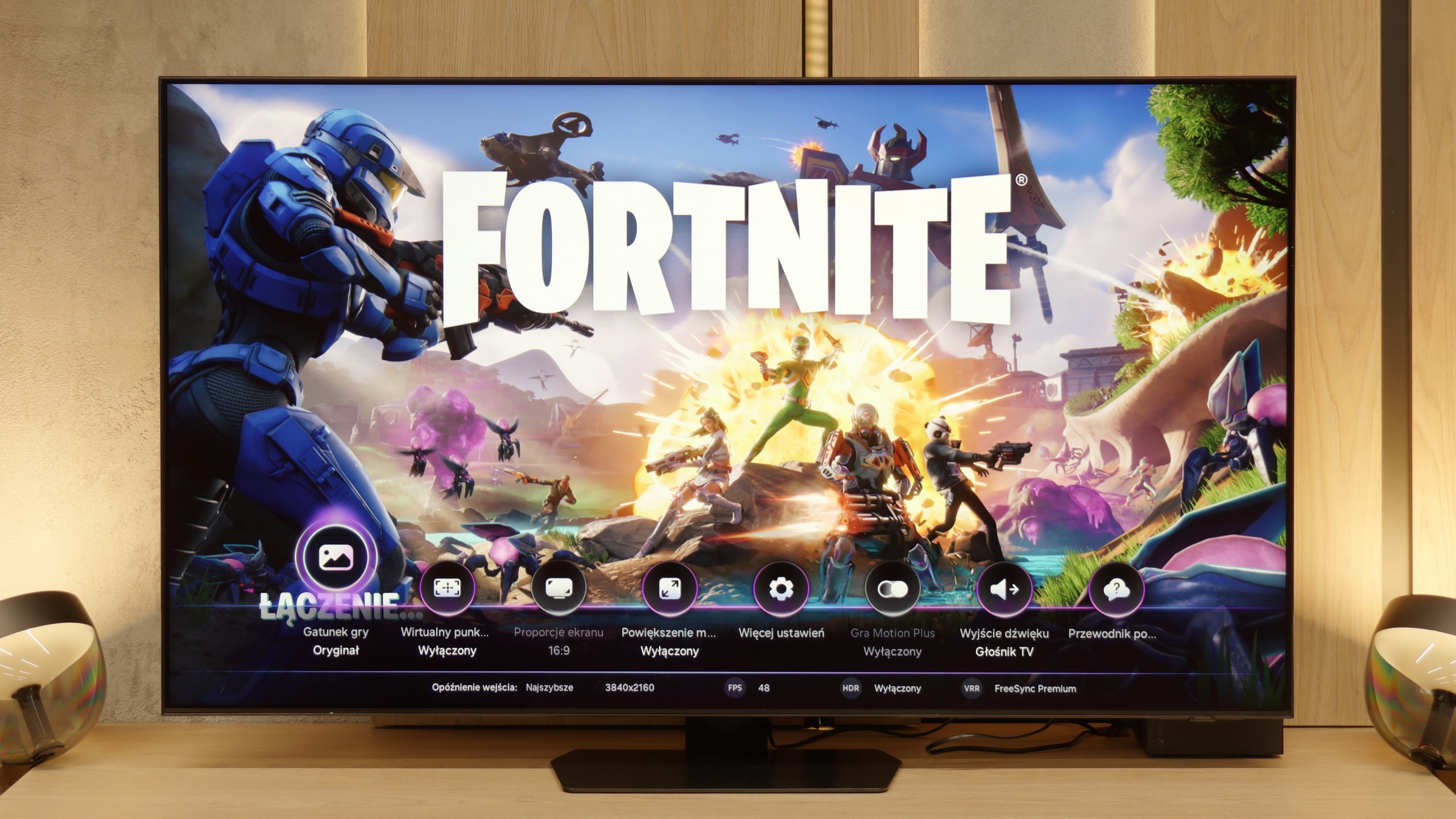
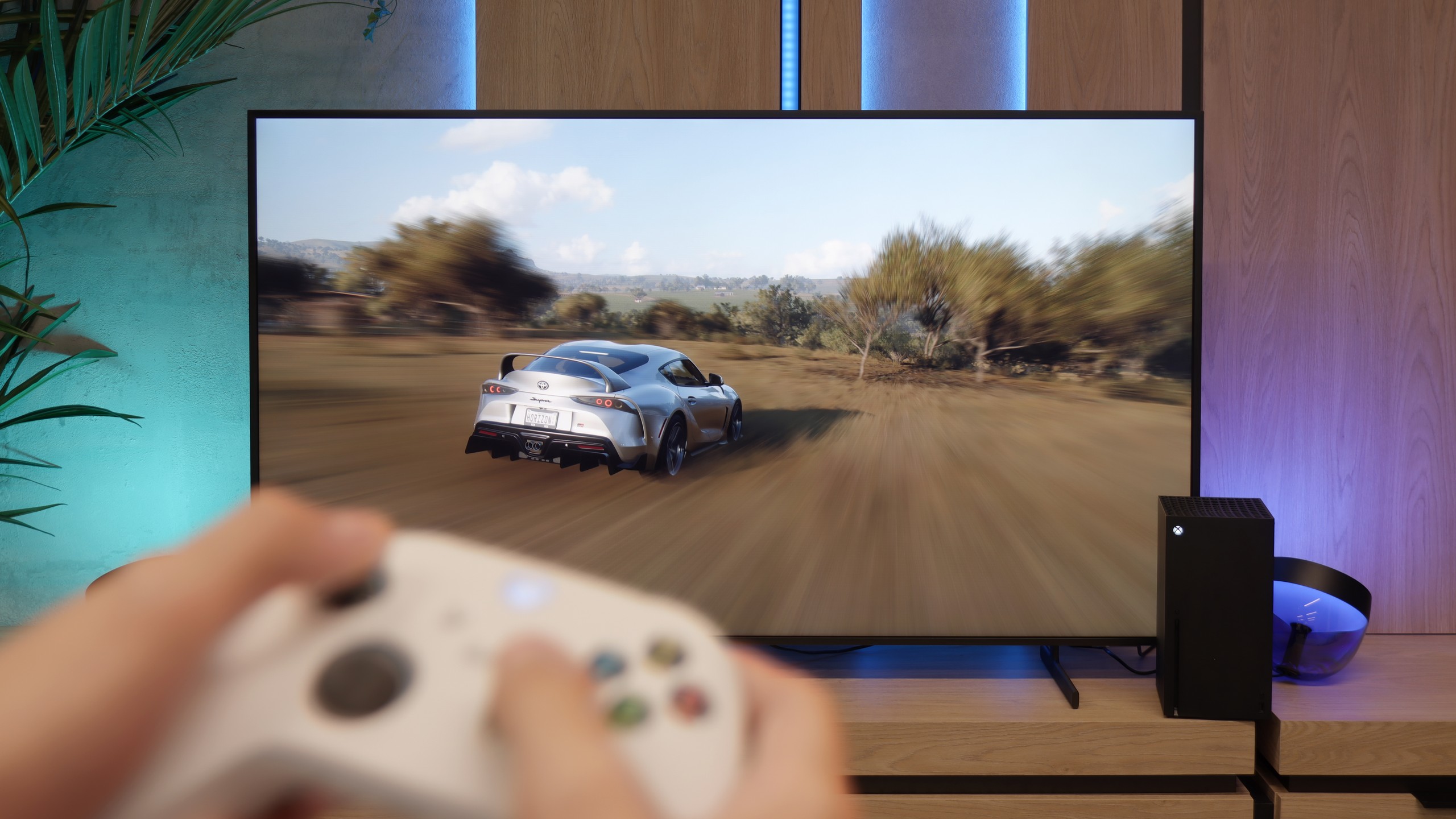
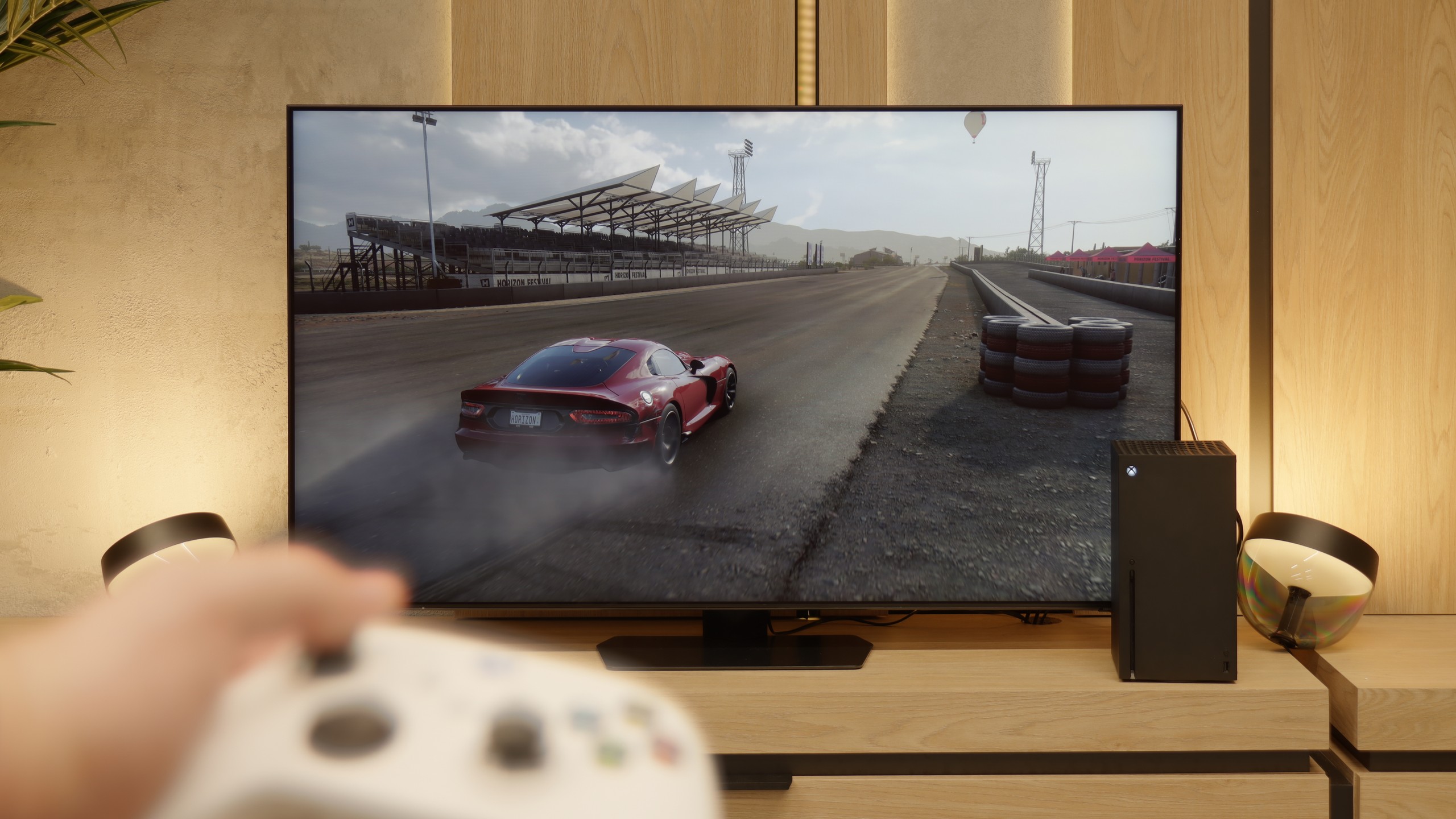
Samsung The Frame Pro doesn’t pretend to be just a “living room” television; here, gamers will also find something for themselves. The manufacturer has ensured a full suite of gaming features: we have support for variable refresh rate (VRR), automatic low latency mode (ALLM), refresh rates up to 144 Hz, and compatibility with both G-Sync and FreeSync Premium Pro. Additionally, there’s the well-known Game Bar panel, which is a quick menu where you can check key parameters on the fly – from refresh rates to active image processing modes. Are there any downsides? Yes, The Frame Pro doesn’t support Dolby Vision in gaming mode, but it's hard to consider this a serious issue – most gamers use HDR10 anyway... so, the HGIG mode. Exactly. The biggest surprise turned out to be the latest software update. Samsung… completely removed this option from The Frame PRO. In practice, this means that the TV independently interprets HDR tone mapping in games, and the user has no ability to enable settings designed for consoles. This is a step backward that may disappoint more informed gamers expecting full compliance with HGiG guidelines. We just hope that this mistake will be quickly corrected.
Interestingly, The Frame Pro also features an atypical arrangement of HDMI 2.1 ports. We have as many as five available – four are located in the One Connect module, and the fifth, in micro HDMI version, is directly on the TV. This solution is quite unconventional, but very practical. Samsung clearly suggests that this is the port to connect your console or computer. Why? Because it minimizes potential delays associated with communication through the wireless One Connect, and in gaming, every millisecond matters. We wrote separately about input lag, but it can be revealed here that by connecting equipment directly to the TV, we achieve the absolute maximum response speed.
QN90F has almost everything to become the perfect television for gamers. Things like four HDMI ports, VRR, ALLM, and a refresh rate of up to 165 Hz don't need to be reminded to anyone. It deserves high praise for the Game Motion Plus mode, which is a proprietary motion smoothing feature for games. Thanks to this, you can add a few “artificial” frames and make the image generated from the console look smoother than it should. This is a very unique solution in the world of televisions – competitive systems usually do not offer this – and that's why Samsung has had a strong bargaining chip among gamers for years, even despite the lack of support for the still niche Dolby Vision in games.
So why are we writing about a “nearly” perfect screen? Unfortunately, like in the latest Samsung models, we noticed a problem with the lack of HGiG support. This is a solution that allows the television to leave the control of tone mapping to the console so that games look exactly as the creators intended. Worse, this feature was previously present and disappeared after software updates. Instead of minor improvements, we got a step back. It's a pity, because without this shortcoming, the QN90F could truly be the perfect choice for gamers in the miniLED category.
Input lag
9.9/10
9.6/10
SDR
HDR
Dolby Vision
The Frame Pro in wired mode achieves truly excellent results. Latencies range from 9 to 14 ms, ensuring smooth and instant reactions in games. These are values that can easily be considered reference – even in dynamic titles, the action unfolds without delays, and the controls are precise and predictable. The situation changes when the wireless One Connect module comes into play. While it allows for hiding cables and enjoying greater freedom of room arrangement, it significantly worsens input lag results. In tests conducted at a distance of 2 to 3 meters from the television, with no furniture obstacles, the values jumped to as high as 50ms. While this is acceptable for watching movies since input lag doesn’t concern us at all, it becomes problematic in games and greatly spoils the experience. It’s somewhat of a paradox – on one hand, we have a television that offers some of the best results on the market in wired mode, while on the other hand, Samsung promotes a solution that proves quite detrimental for gamers. And after all, the console is one of the key devices we usually connect to the television...
For the sake of order, we present our wireless measurements at a distance of 2-3m:
SDR | HDR |
|---|---|
1080p60 Hz: 39 | 2160p60 Hz HDR: 40 |
1080p120 Hz: 25 | 2160p120 Hz HDR: 25 |
2160p60 Hz: 40 | |
2160p120 Hz: 25 |
The input lag on the QN90F is very low. For 120 Hz content, it is around 10–12 ms, and at 60 Hz, it drops below 20 ms. These are values that can confidently be called exemplary. The slightly higher input lag – by 1–2 ms – is due to the fact that the lowest latencies, below 10 ms, are reserved for the 165 Hz mode. However, regardless of resolution or refresh rate, you can count on the QN90F always responding quickly and responsively to our movements on the gamepad or keyboard and mouse.
Compatibility with PC
8.4/10
8.8/10
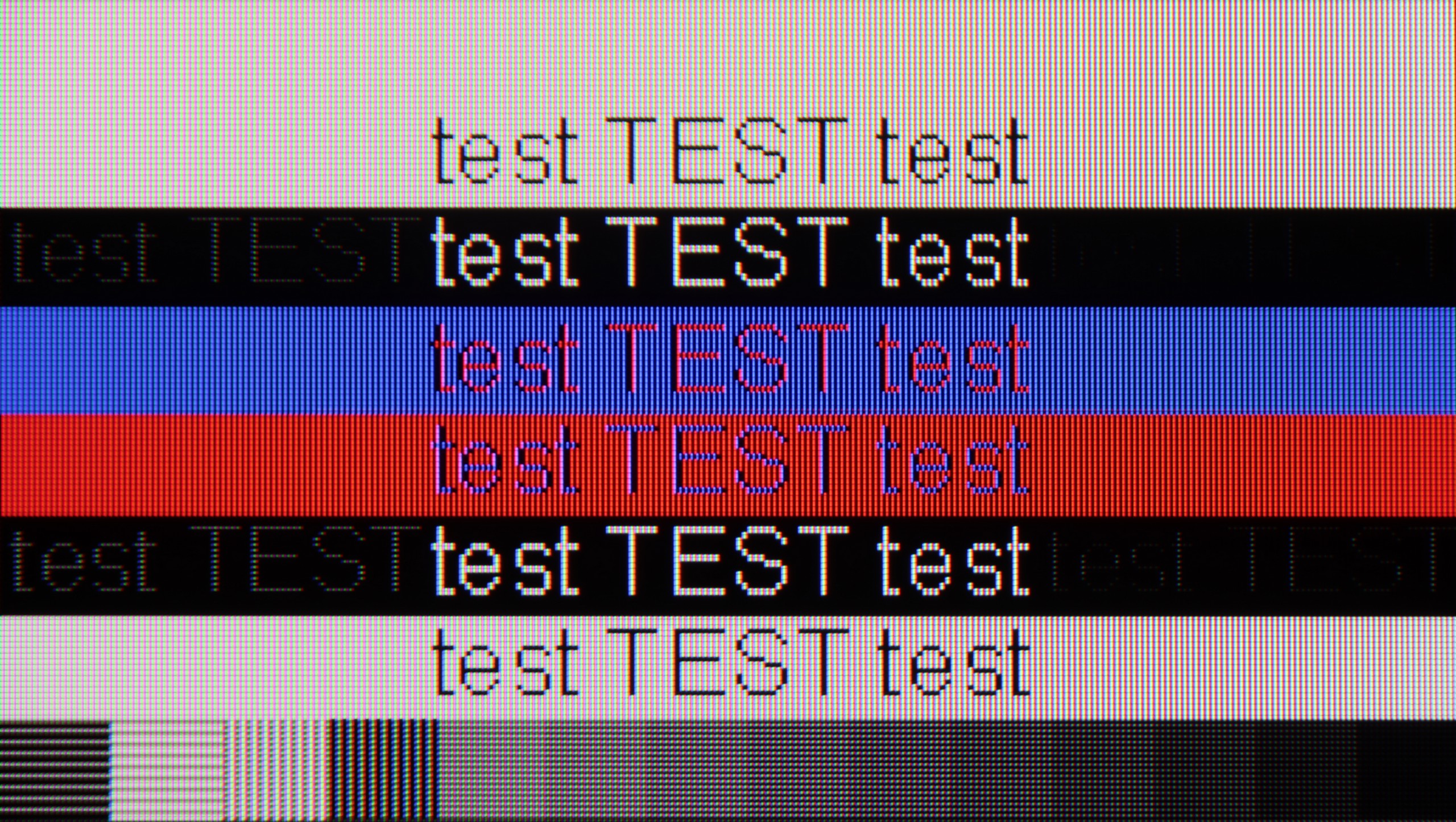
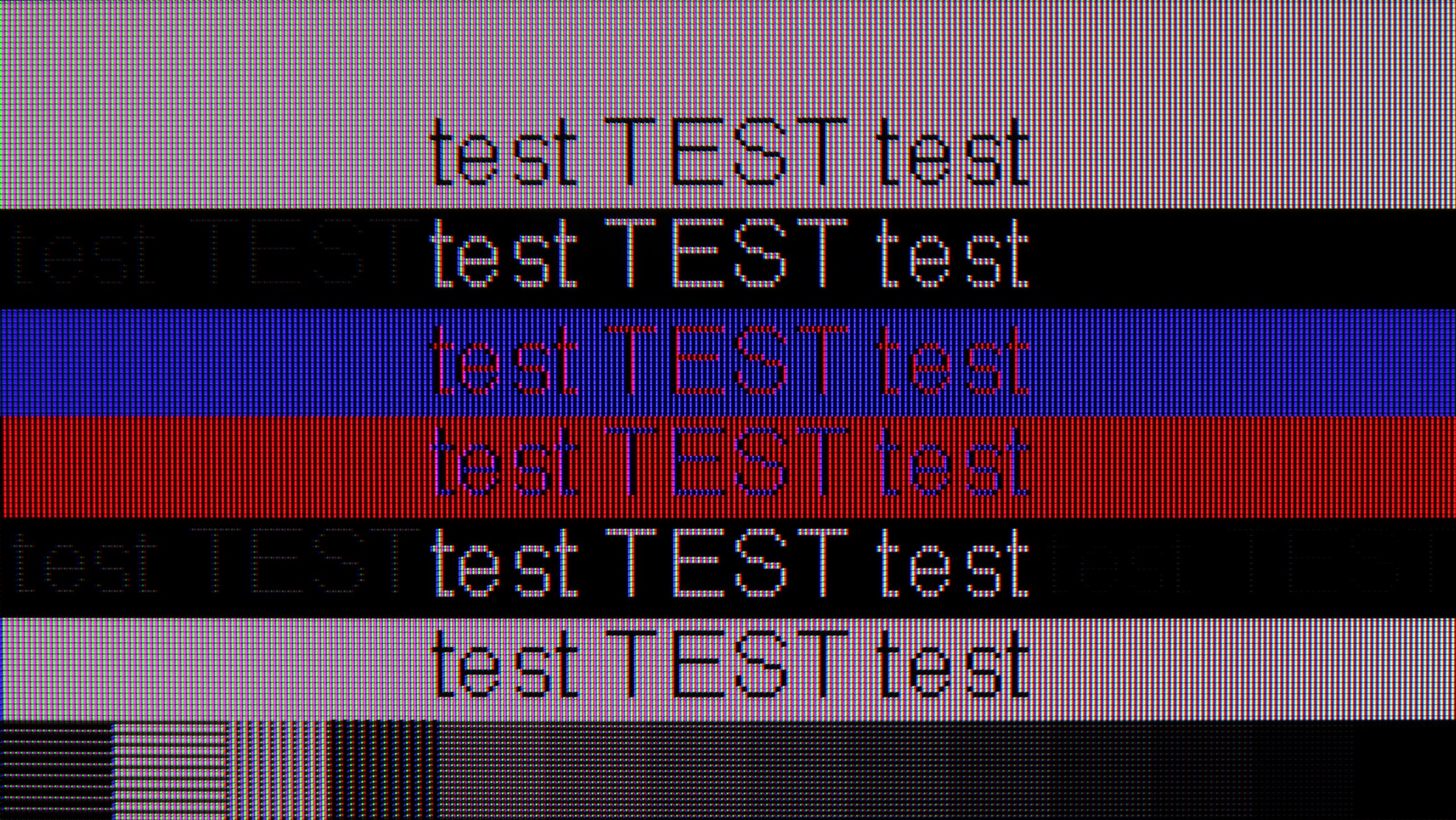
Connecting The Frame Pro to a computer via a wired connection is basically no rocket science – it works as it should. The image is clear, the fonts look good, you can calmly handle everyday work in Word or Excel, and then launch a game and it’s still okay. The real fun begins when we use the wireless module. And this is where the entire paradox of this television comes out again – a solution that was supposed to make life easier in theory can actually make it quite frustrating in practice. It's not just about the aforementioned delays, which can be immediately felt when using the mouse, but also about the clarity of the image itself. The fonts start to look simply worse, at times you can see some kind of delicate stripes, and the letters lose sharpness, and suddenly working with text becomes simply exhausting. And it's really strange that such a simple thing as displaying letters on the screen can fall apart because of the wireless module. So if someone plans to use The Frame Pro with a computer – whether for work or gaming – it’s really worth connecting it via a wired connection right away. Because otherwise, you can become very quickly frustrated, and instead of enjoying the large screen, you’ll feel like your eyes are fighting with the television for every paragraph of text.
Collaboration with a PC is another strong point of the QN90F. It’s a screen that works well for both work and gaming. This makes sense especially in smaller sizes, e.g., 43 inches, where the television can easily fit on a desk. The 165 Hz mode, primarily intended for PC gamers, supports technologies such as G-Sync and AMD FreeSync Premium Pro, so gameplay is smooth and very responsive. Office work performs just as well – font readability is high due to proper chroma handling. However, we noticed that switching the refresh rate from 165 Hz to 120 Hz significantly improves the readability of very dark text and thin lines. Therefore, if someone wants to use the QN90F as a monitor for work, it's worth considering the 120 Hz mode.
Viewing angles
3.1/10
3.6/10
The Frame Pro uses a VA panel, and that immediately means that viewing angles are not one of its strengths. It’s enough to sit slightly to the side to see how the screen starts to lose quality – brightness decreases, colors fade, and blacks that look solid from a central perspective suddenly resemble more dark gray velvet than deep pitch. This is most apparent at about a 40–45 degree angle – there, the image clearly brightens, and color saturation drops significantly. Overall, this is nothing new, as most LCD televisions with VA panels behave this way. At the cost of better blacks compared to IPS panels, we get worse viewing angles.
The viewing angles on the QN90F are rather average and typical for LCD screens with VA panels. It's a bit of a shame that Samsung opted out of additional coatings to widen the viewing angles in this model – likely at the cost of using a matte panel. The effect is that with a greater deviation from the center, the drop in brightness is quite significant, and colors lose their intensity. This is a compromise that must be considered when choosing a screen with a classic VA panel.
TV efficiency during daytime
7/10
7.2/10
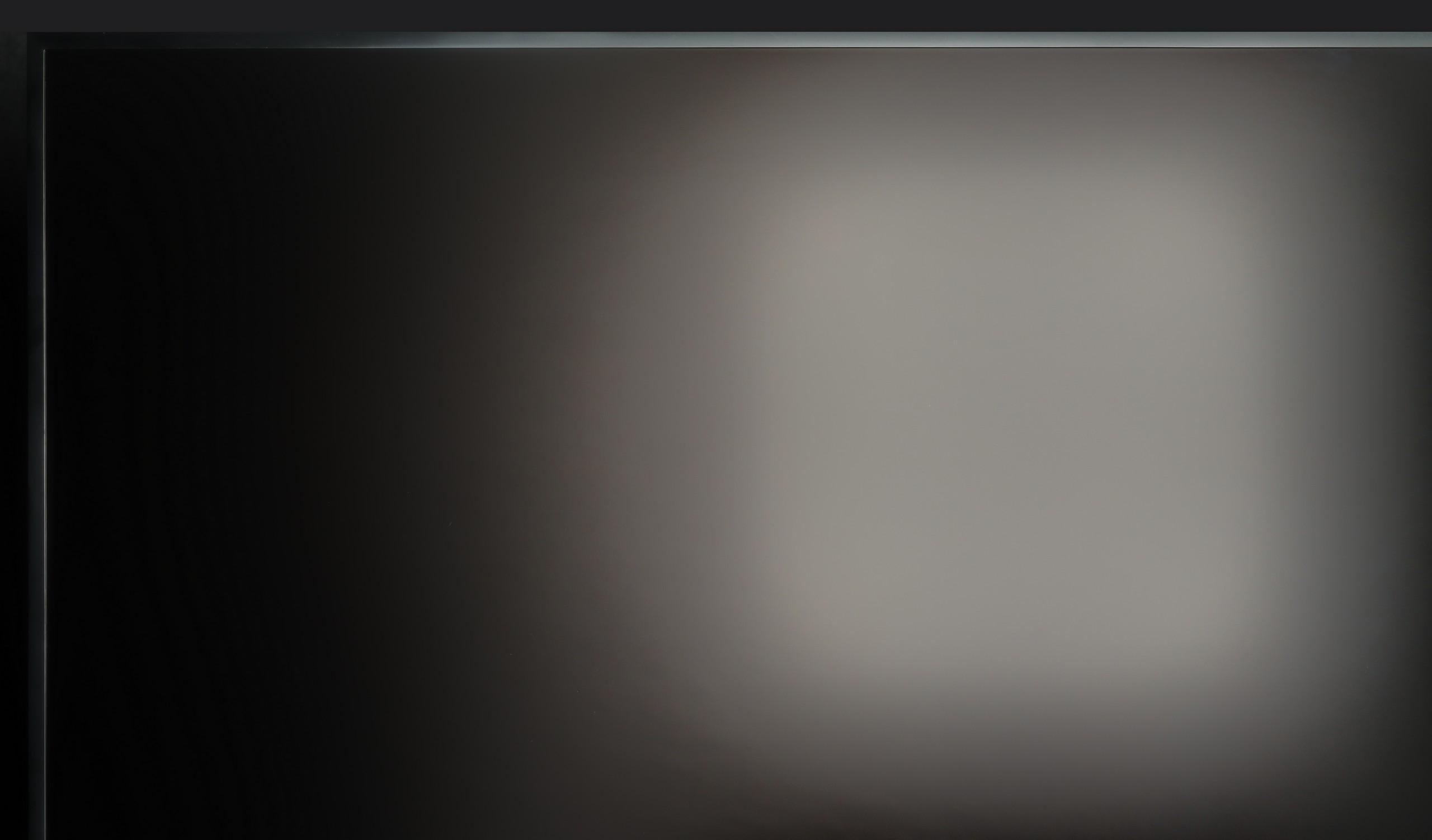
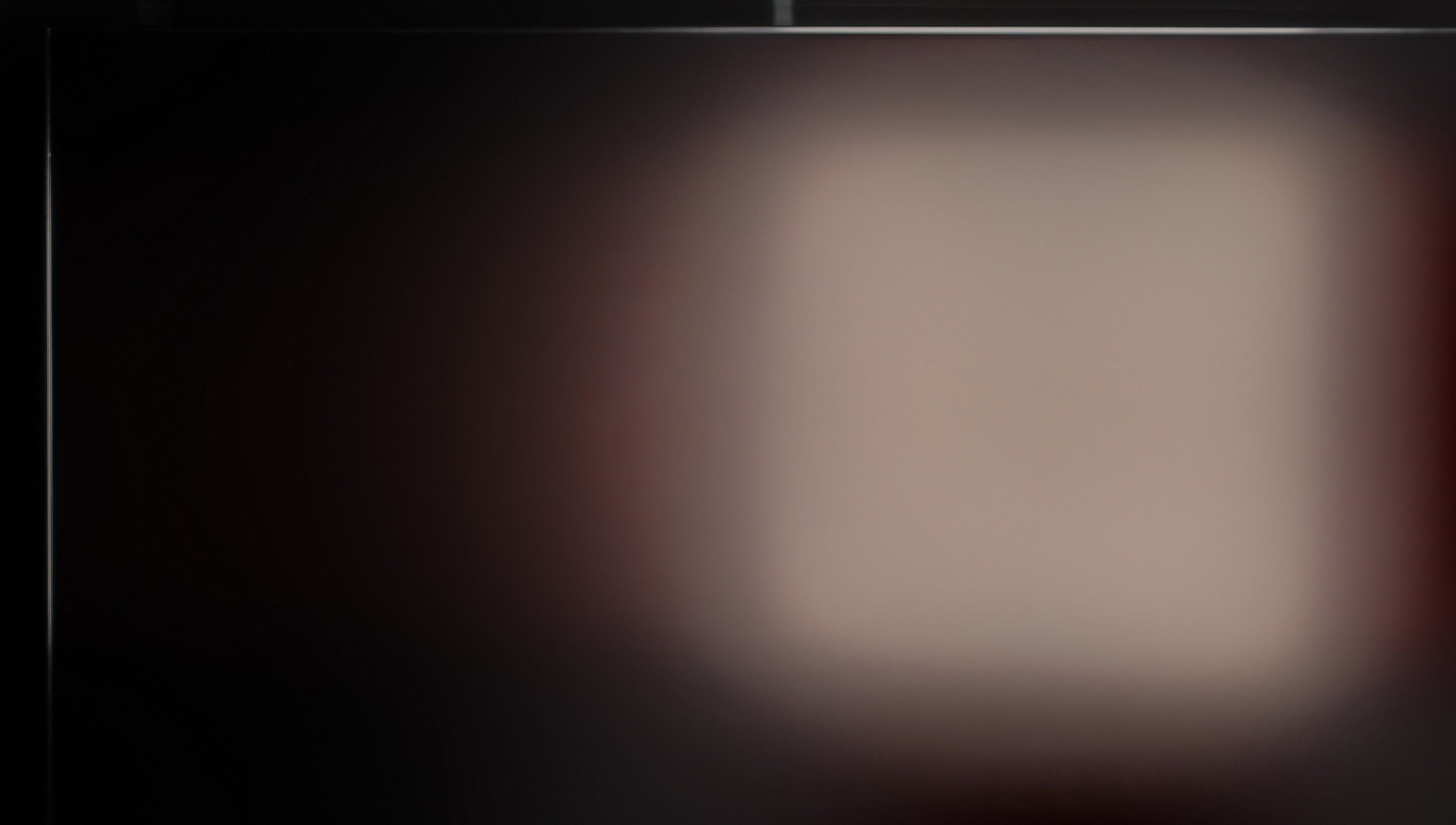


Matrix brightness
Average luminance SDR
Samsung QN90F / QN92F: 665 cd/m2
Samsung The Frame Pro: 614 cd/m2
The Frame series has stood out for almost a few years with its matte display coating, and The Frame Pro from 2025 is no exception. It is precisely because of this that you can be assured that light reflections will not annoy you even in a brightly lit living room. Samsung has refined this technology to near perfection over the years, and today, it can confidently be said that this is the best matte display we can find in televisions. Colors still look good and do not drastically lose saturation, as is the case with cheaper, Chinese designs. Black also remains at a decent level, although it must be admitted that in extremely bright lighting conditions, colors may slightly flatten and lose depth. However, this is a small price to pay for the complete lack of reflections on the screen – and this can be priceless in everyday use. Plus, the brightness must also be noted – about 600 nits in SDR mode makes the picture easily cut through daylight, and it will look satisfactory in most rooms.
QN90F is the first Neo QLED 4K with a matte display, and it must be admitted that this change is immediately noticeable. During the day, the screen behaves completely differently than typical LCD televisions – reflections are heavily suppressed, glares almost disappear, so there is no need to constantly cover the windows or fuss with furniture placement. Colors in a bright room look natural, although their intensity can slightly decrease under very strong lighting. However, this is not something that significantly ruins the viewing experience – rather a small price to pay for the comfort of watching in sunlight. Additionally, the average SDR brightness of around 700 nits makes the television easily "cut through" even in very sunny living rooms. It's hard to give a better recommendation: if someone is looking for a miniLED 4K television that can handle a heavily sunlit living room, the QN90F is one of the most reliable choices.
Details about the matrix
Subpixel Structure:
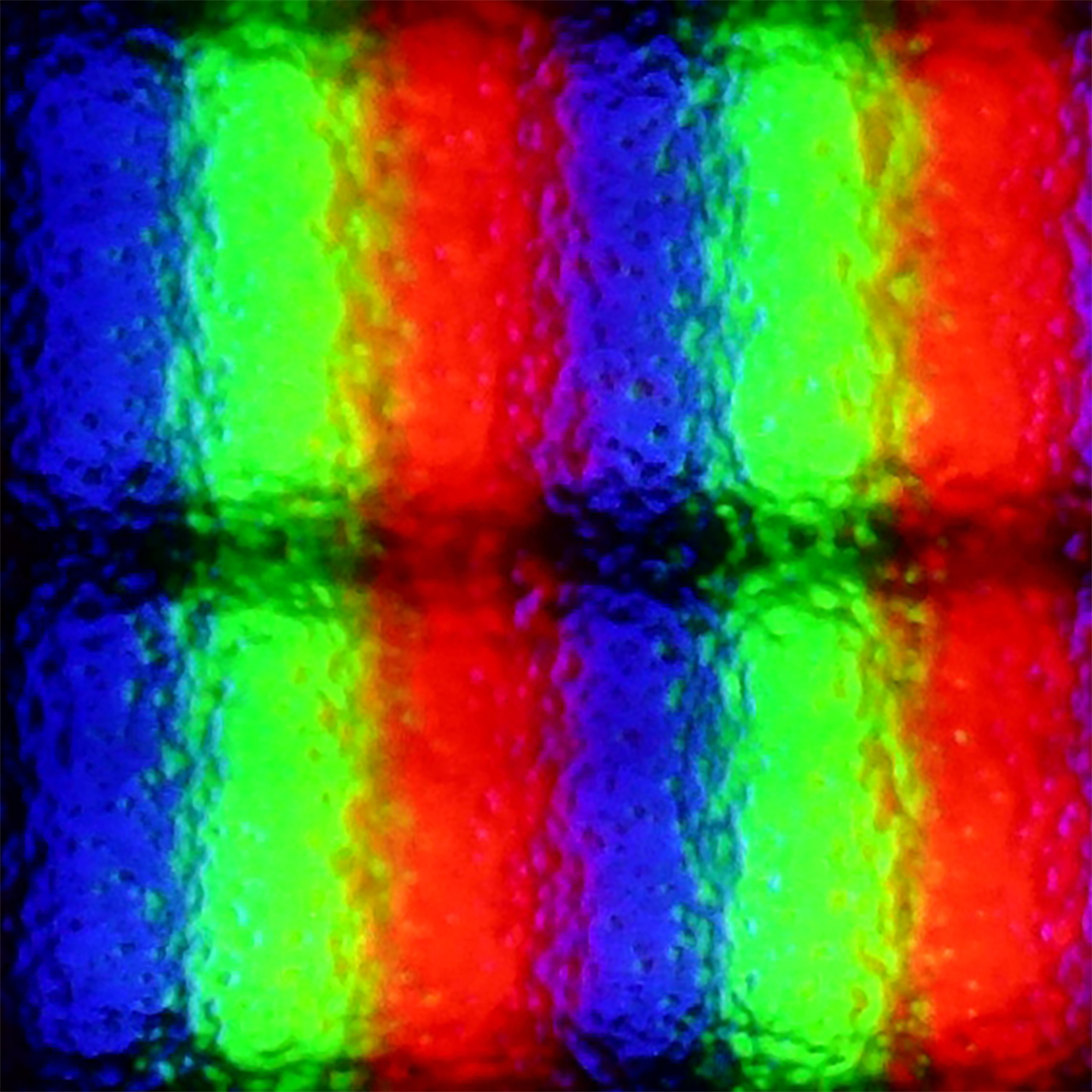
Panel uniformity and thermal imaging:
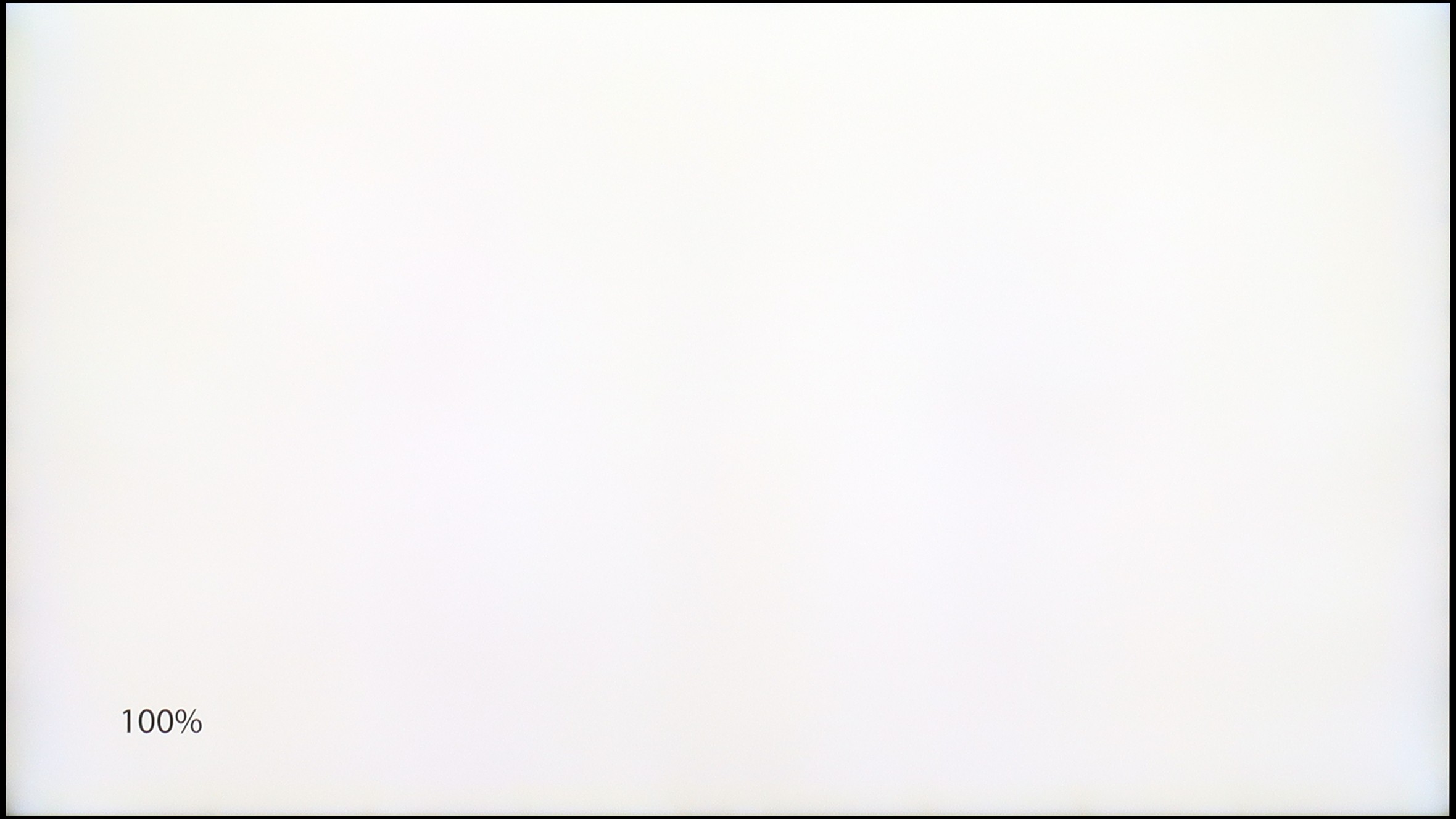
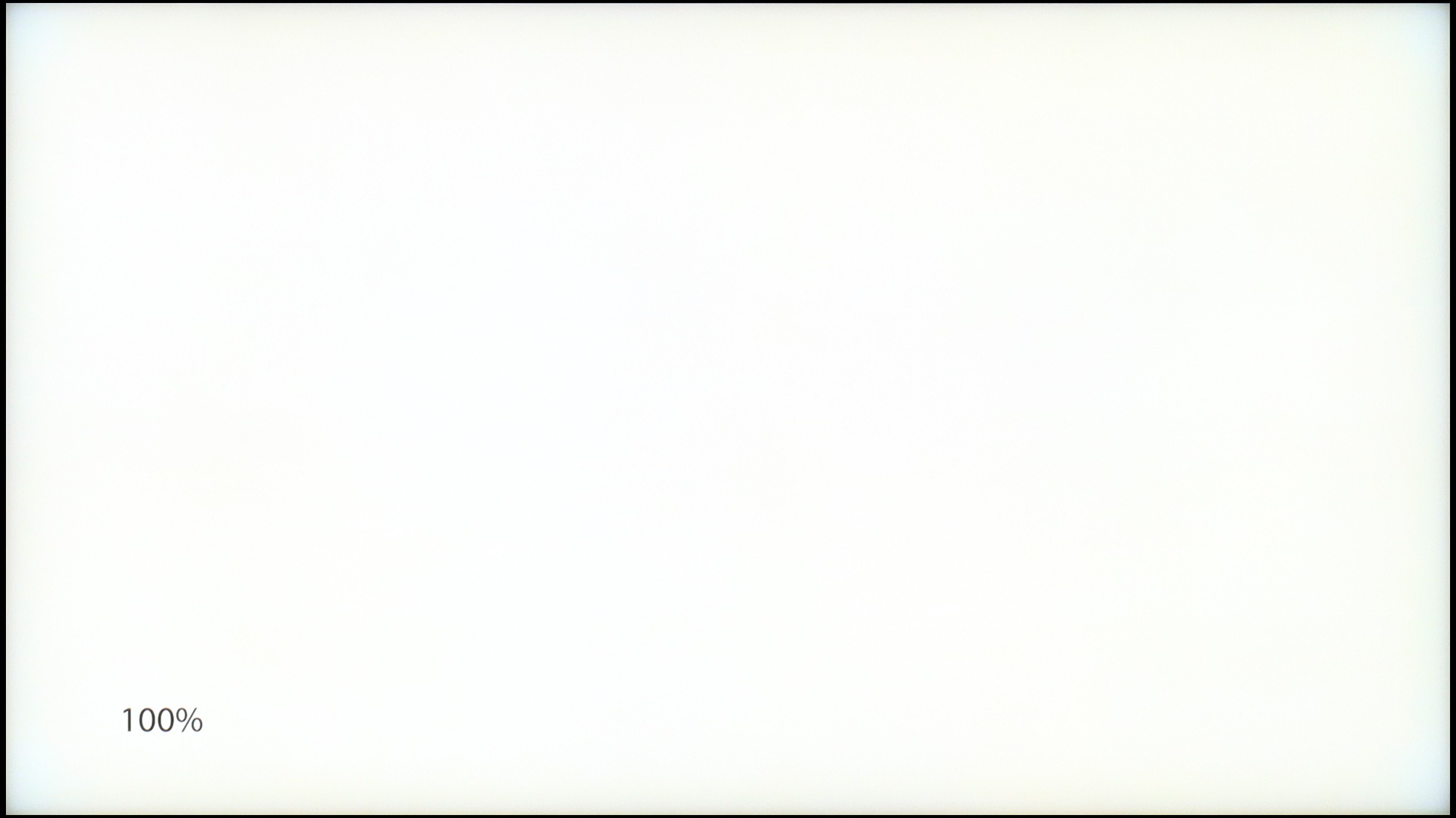
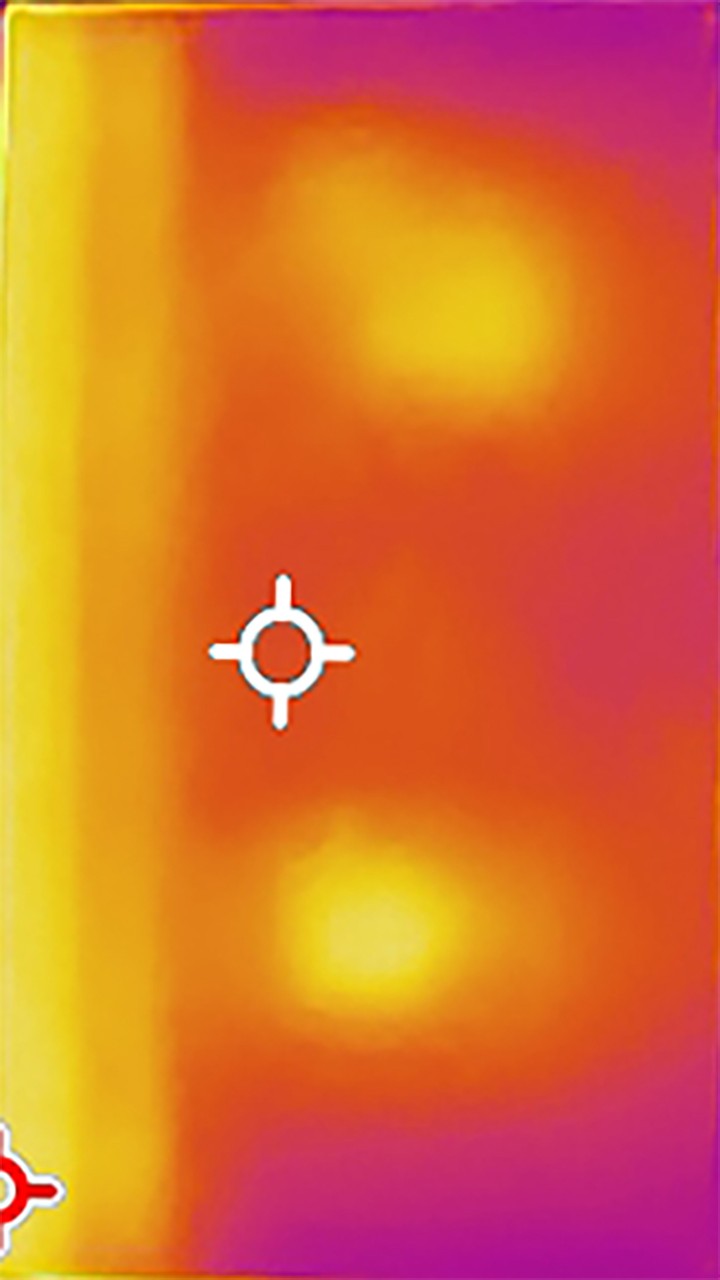
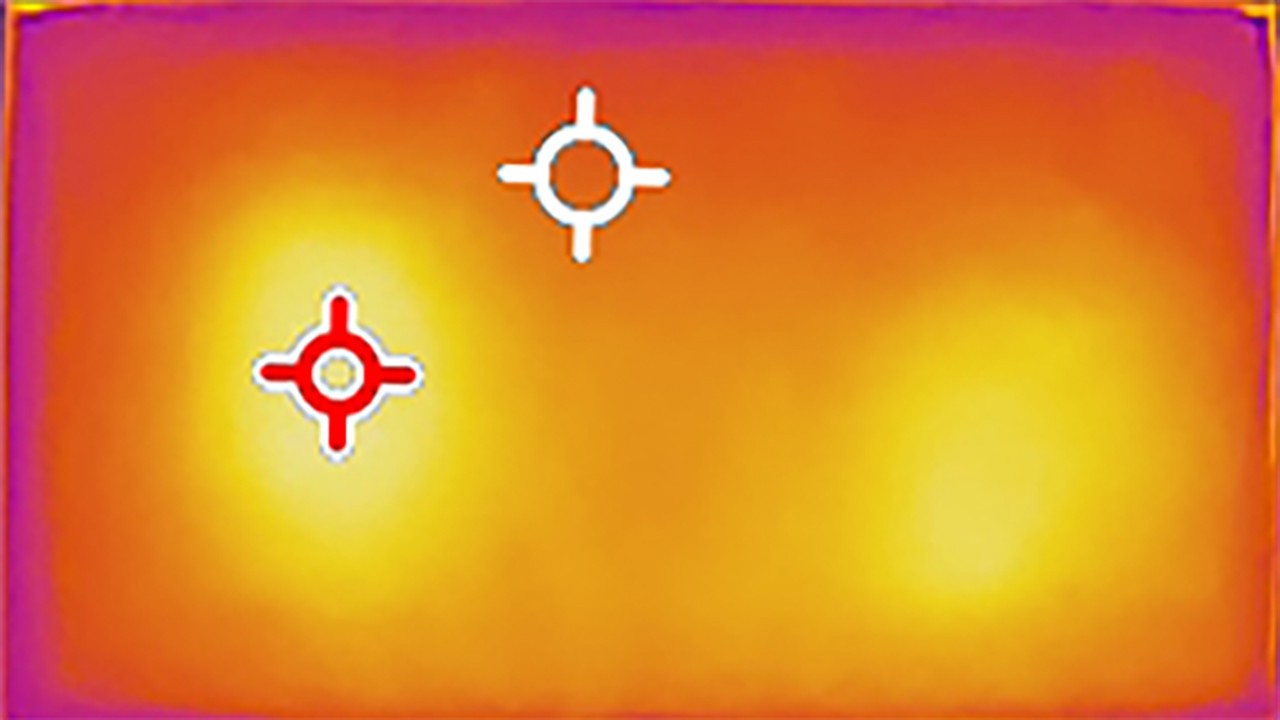
Samsung The Frame Pro
Samsung QN90F / QN92F
TV features
7.7/10
7.7/10
- HDMI inputs0 x HDMI 2.0, 5 x HDMI 2.1 48Gbps0 x HDMI 2.0, 4 x HDMI 2.1 48Gbps
- OutputsToslink (Optical audio), eARC (HDMI), ARC (HDMI)Toslink (Optical audio), eARC (HDMI), ARC (HDMI)
- Network InterfacesWi-Fi 2.4GHz, Wi-Fi 5GHz, Ethernet (LAN) 100MbpsWi-Fi 2.4GHz, Wi-Fi 5GHz, Ethernet (LAN) 100Mbps
- TV receptionDVB-T, DVB-T2, DVB-S, DVB-S2, DVB-CDVB-T, DVB-T2, DVB-S, DVB-S2, DVB-C
Classic features:
- Recording to USB (terrestrial TV)
- Recording programming
- Picture in Picture (PiP)
- RF remote control (no need to aim at the screen)
- Backlit remote control
- Teletext
- Audio only mode
- Bluetooth headphones support
- Simultaneous Bluetooth headphones & TV audio
Smart features:
- AirPlay
- Screen mirroring (Windows Miracast)
- Voice search
- Voice search in native language
- Ability to connect a keyboard and mouse
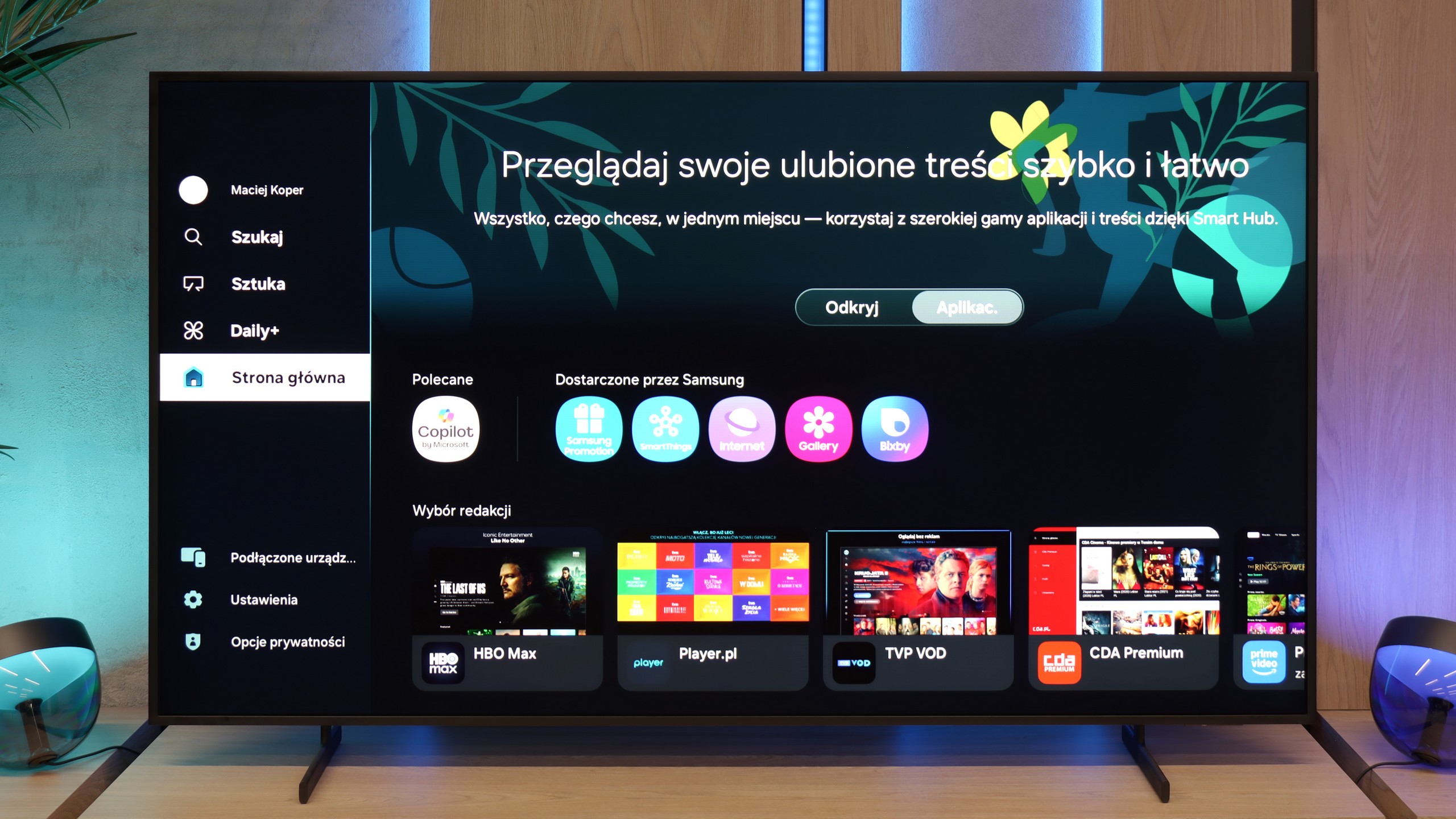
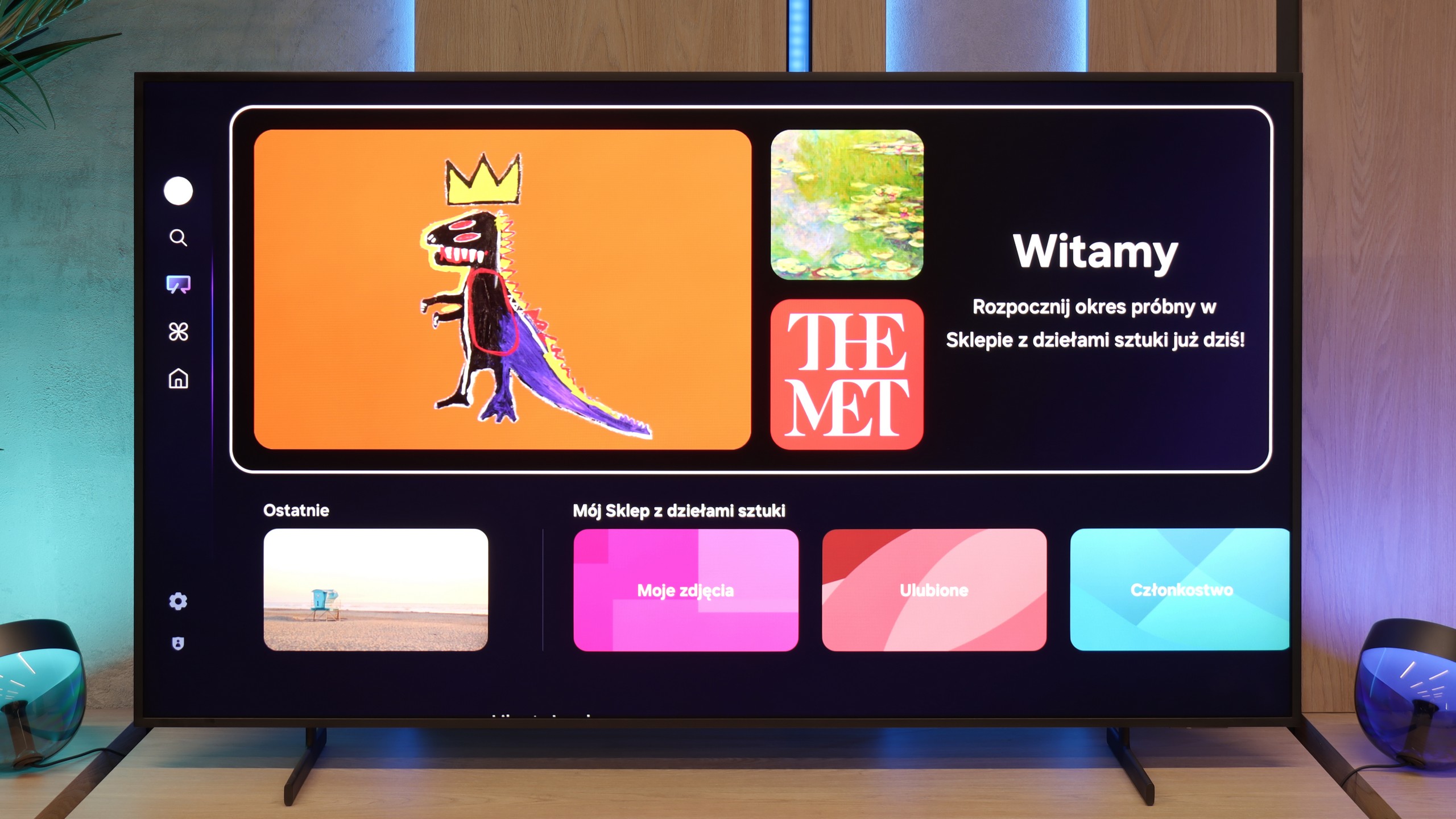
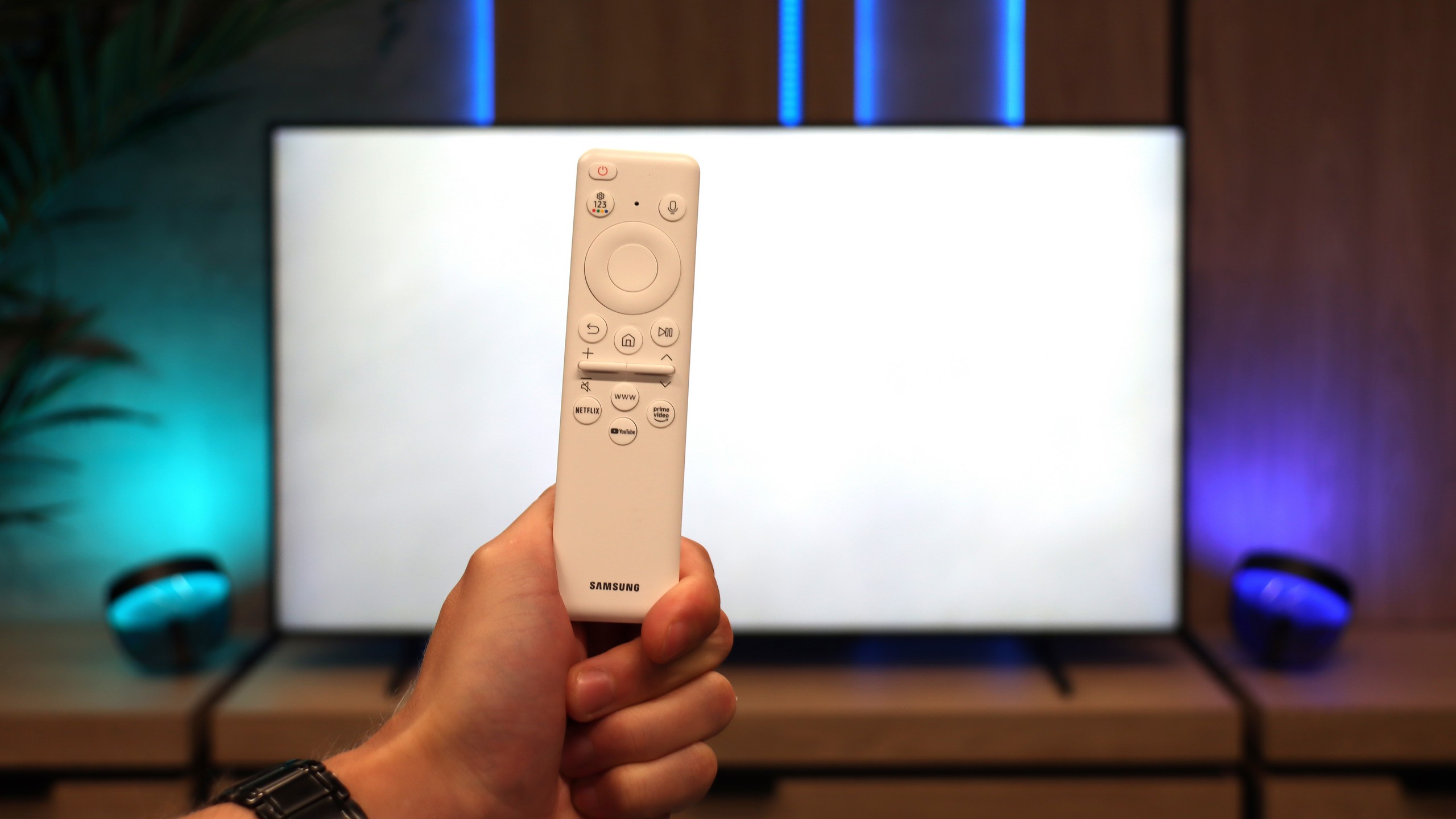
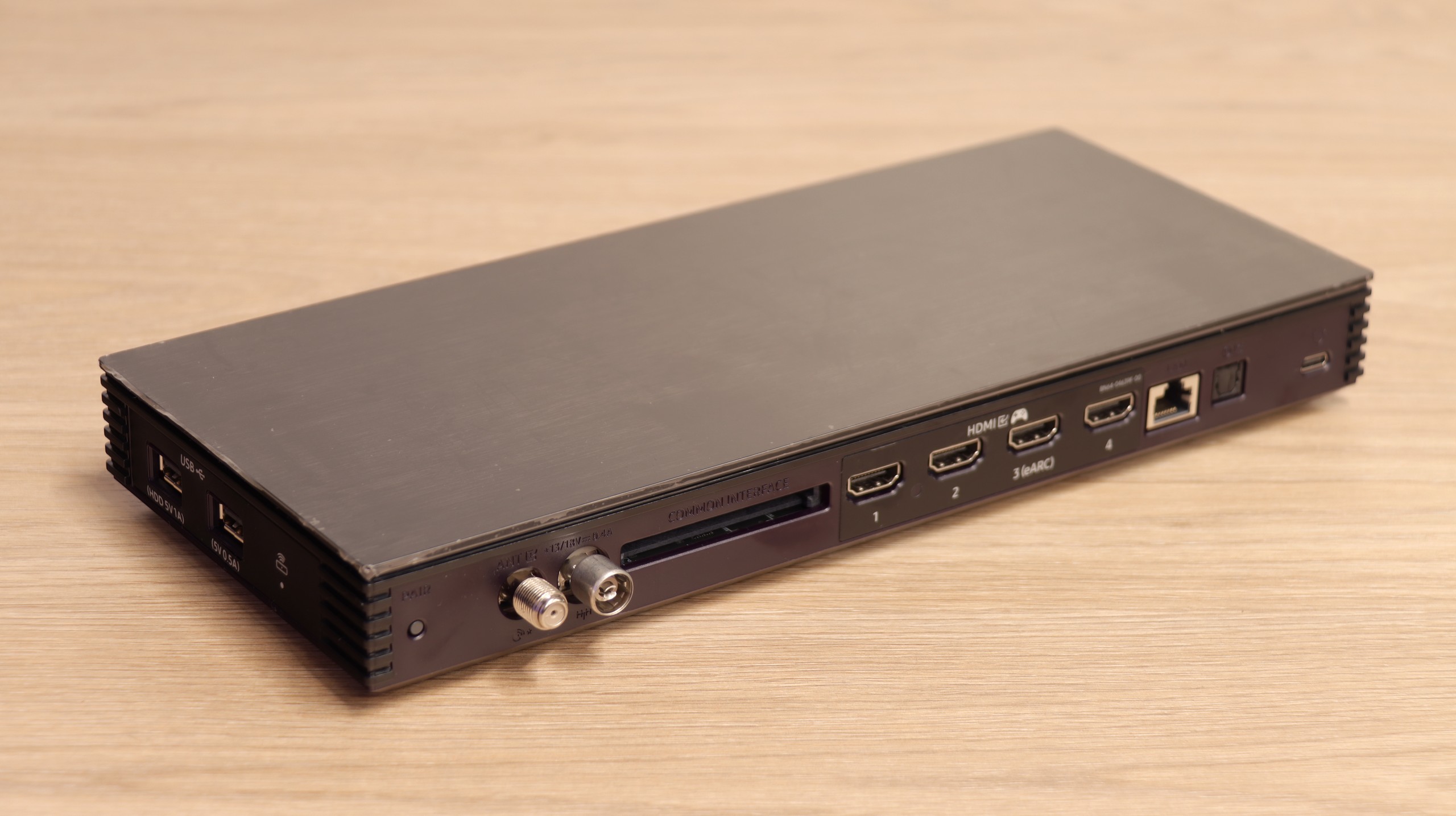
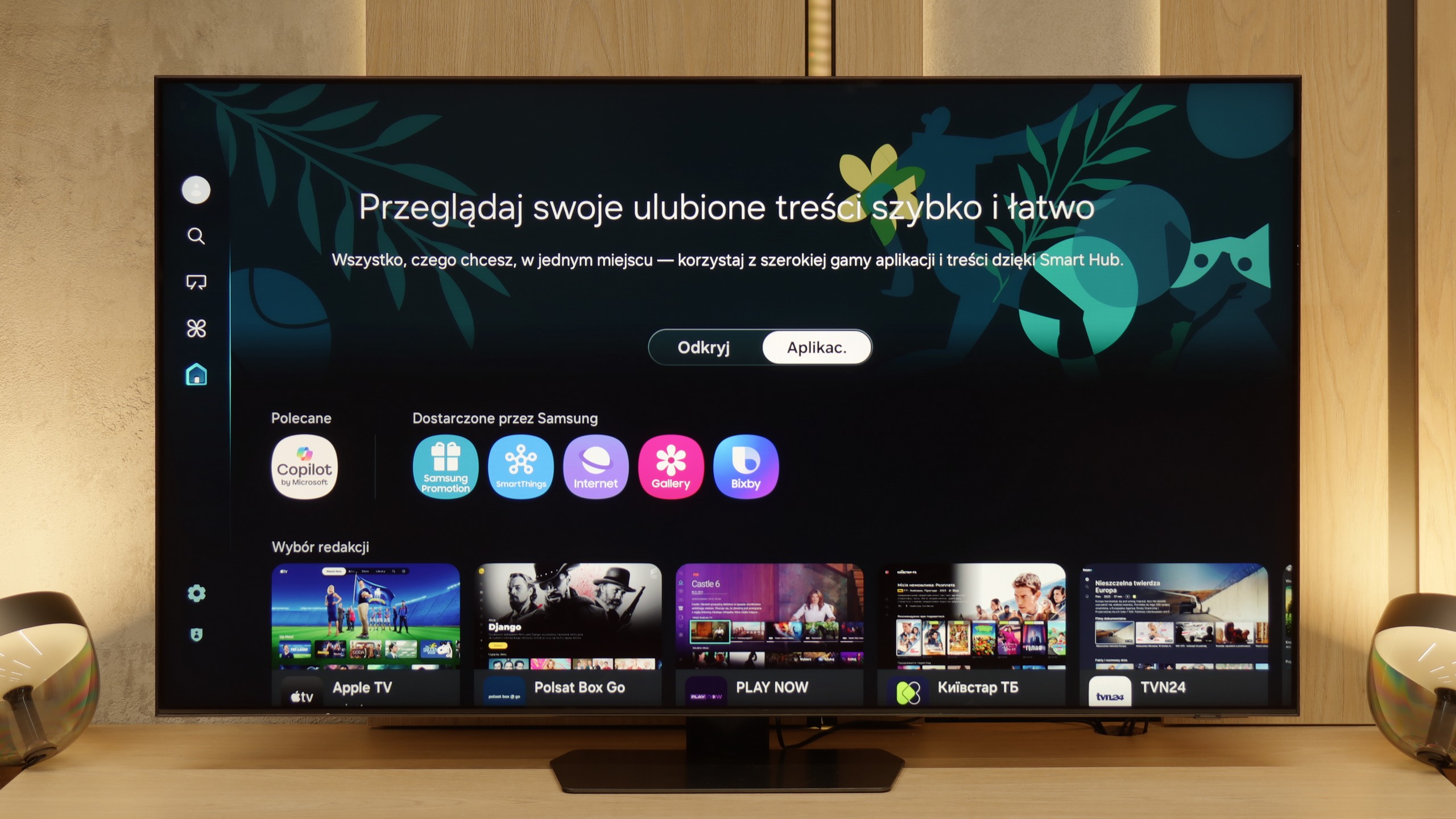
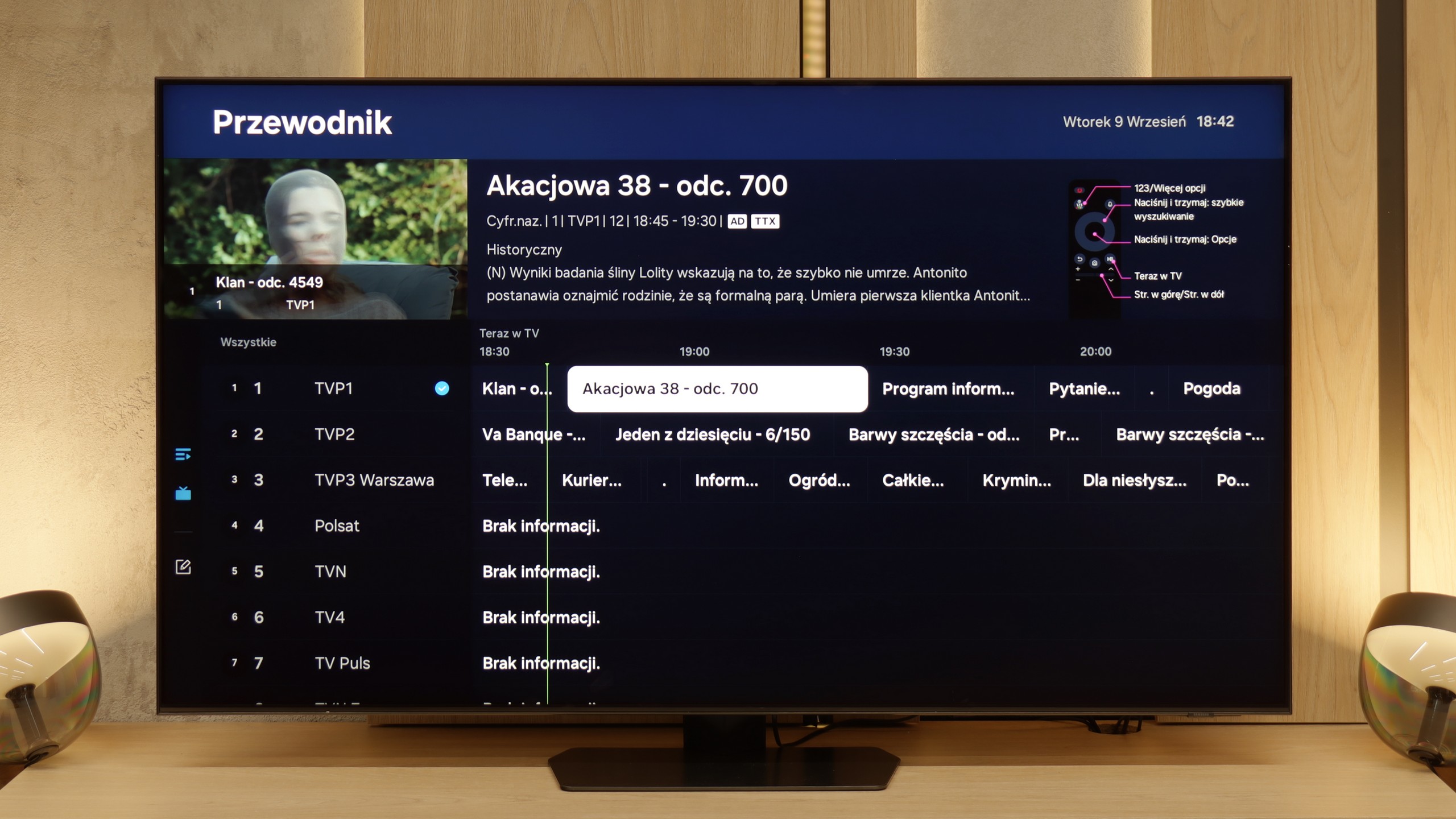
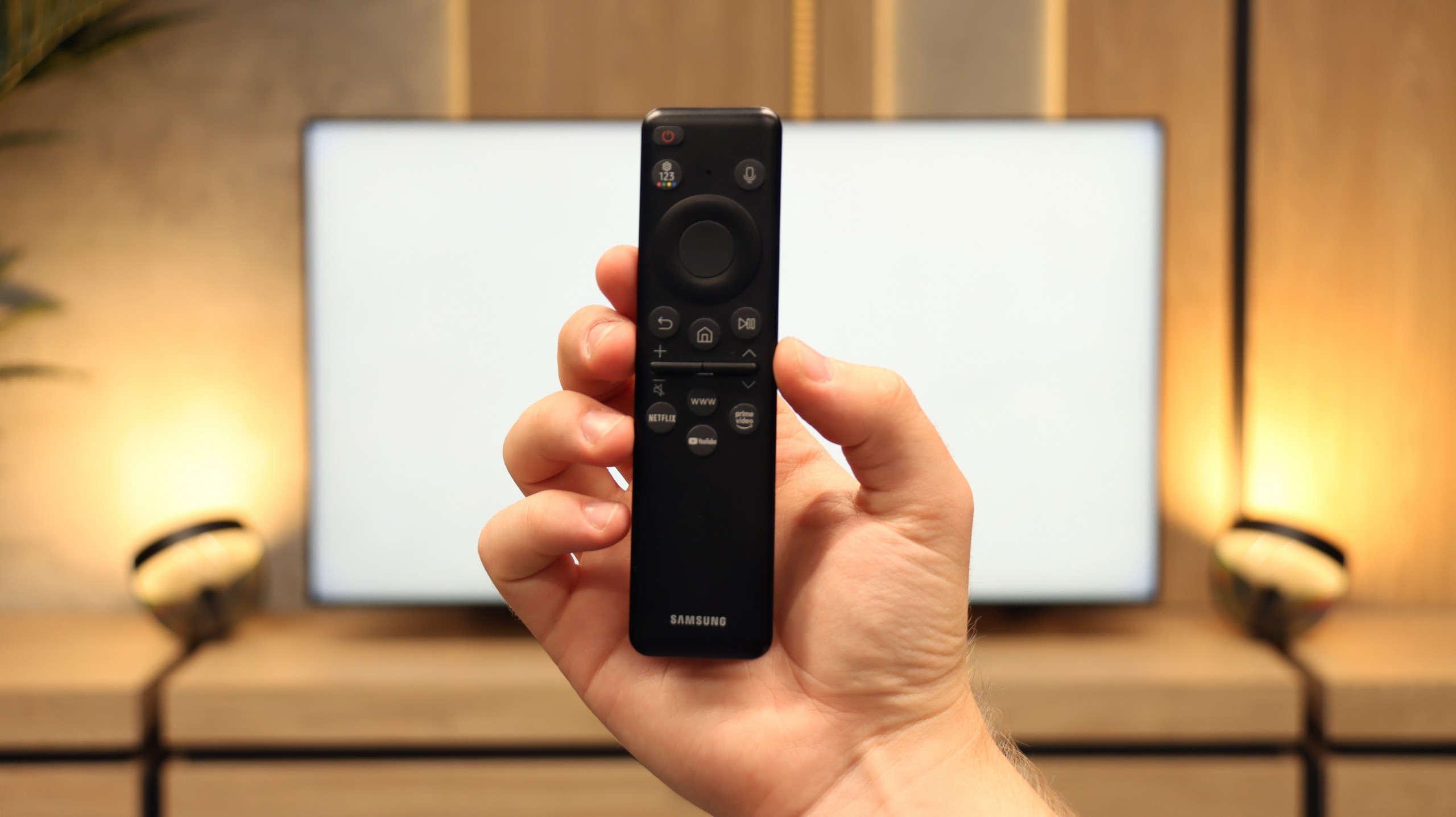
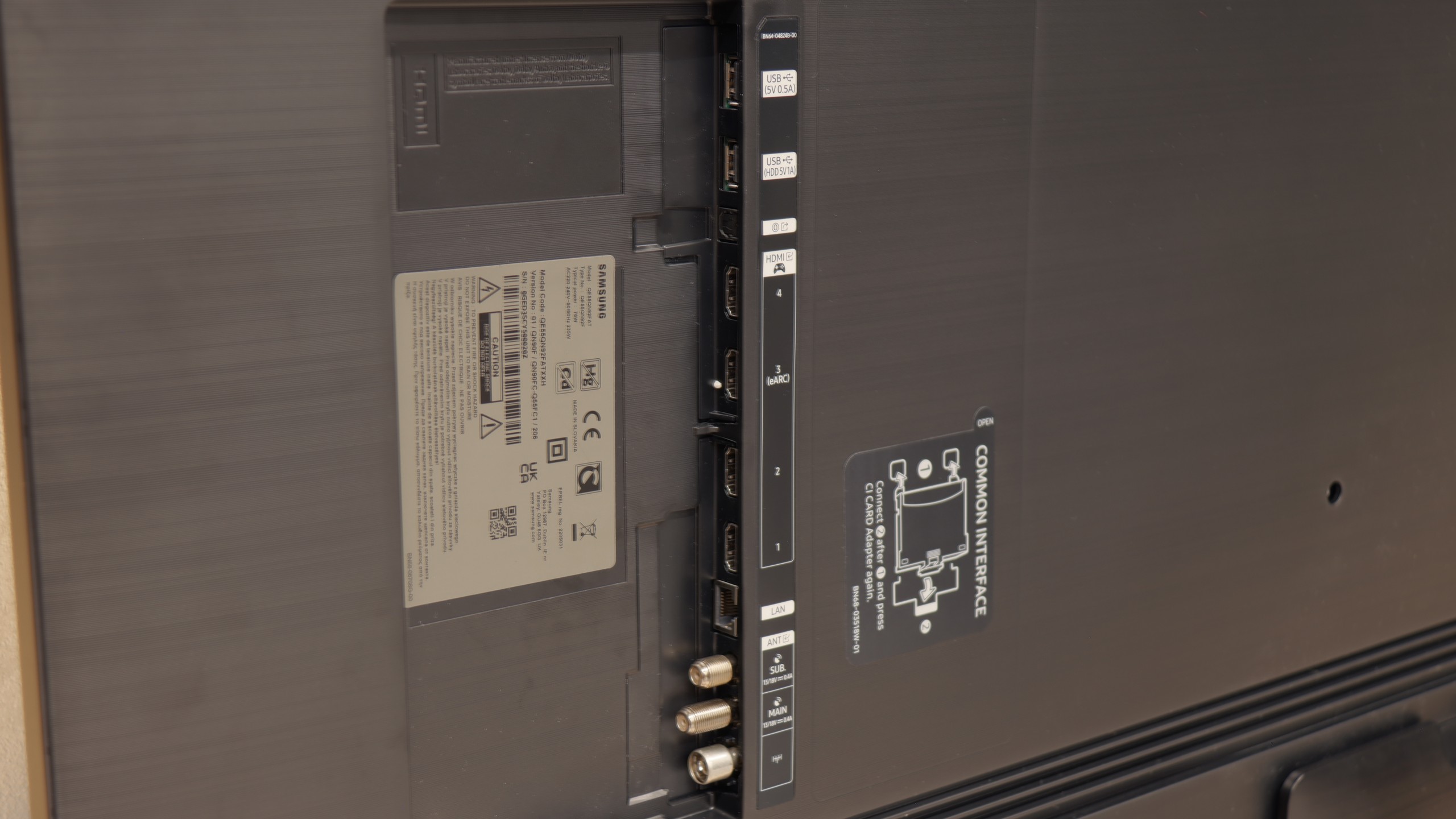
Smart Features
Samsung The Frame Pro runs on the Tizen system, which has been the hallmark of the Korean manufacturer for years. It is one of the most refined smart TV environments – fast, stable, and intuitive. It virtually includes all popular streaming applications, and the interface operates smoothly and without significant delays. Features such as AirPlay 2, screen mirroring, and voice control of the TV using Bixby, Alexa, or Google Assistant are also supported.
TV Functions
When it comes to classic TV functions – as in almost every Samsung – this is not the device's strongest aspect. We receive a clear EPG guide, teletext support, the ability to connect headphones via Bluetooth, and that's about it. We won't find more advanced tools known from TVs (e.g., USB recording or PiP). However, this is standard in Samsung's offering. The manufacturer has been setting trends for several years and focuses mainly on smart features, while traditional television is somewhat neglected.
Art Store and Interchangeable Frames – A Unique Element of the Series
What has distinguished the series The Frame since its inception is the Art Mode and the Art Store application. Thanks to it, we can display reproductions of artworks on the screen, ranging from classics to modern graphics. The service is indeed paid (in the form of a subscription or a one-time annual fee), but it ensures that the materials are prepared in the highest quality, making the displayed images look almost as if painted. This element, along with the option to change the TV's frames, makes The Frame Pro serve a dual purpose as a television and a stylish interior design element.
Wireless One Connect Module
The second unique element of The Frame PRO is the wireless One Connect module, which includes all HDMI ports and other connections. This allows the TV to hang on the wall almost like a real painting, while all the electronics and cables can be placed in a separate box positioned even a few meters away. The device is powered via USB-C and takes over all the "thinking" processes of the TV. While this solution has its limitations for gamers or those using PCs (latency, deterioration in font quality), it works great for connecting amplifiers, decoders, or individual multimedia devices. It's a very "gadgety" solution, but in everyday use, it proves to be simply convenient and allows for better arrangement of space in the living room.
Smart TV Features: Tizen
Samsung has been developing its Tizen system for years, and in the QN90F model, it is clear that it has reached a point where it is really hard to find fault. The system runs smoothly, responds quickly to commands, and does not lag with more demanding applications. If someone uses an iPhone – there is AirPlay and screen mirroring. If someone has an Android phone – there will be no problem either. Additionally, there is a voice assistant that understands commands in several languages, including Polish, so you can start a movie or change the channel without reaching for the remote. Interestingly, there is also integration with Microsoft's Coopilot and AI features, but SmartThings proves to be much more practical – thanks to it, the television can become the center of the home ecosystem, connecting not only Samsung devices but also, for example, Philips Hue light bulbs.
Classic Features
The QN90F can also function as a regular television. We can forget about recording to USB, but instead, we get PIP mode, or picture-in-picture – a function that is rarely seen today. Thanks to it, you can simultaneously follow a match and a series, which can save the evening in many households. Additionally, there is a clear EPG guide and a small remote that charges with light (so batteries are not needed) and can take control of the decoder, soundbar, or even a console. It may not be the most advanced on the market, but it proves to be simply convenient in everyday use.
Playing files from USB
9.1/10
9.1/10
Supported photo formats:
Maximum photo resolution:
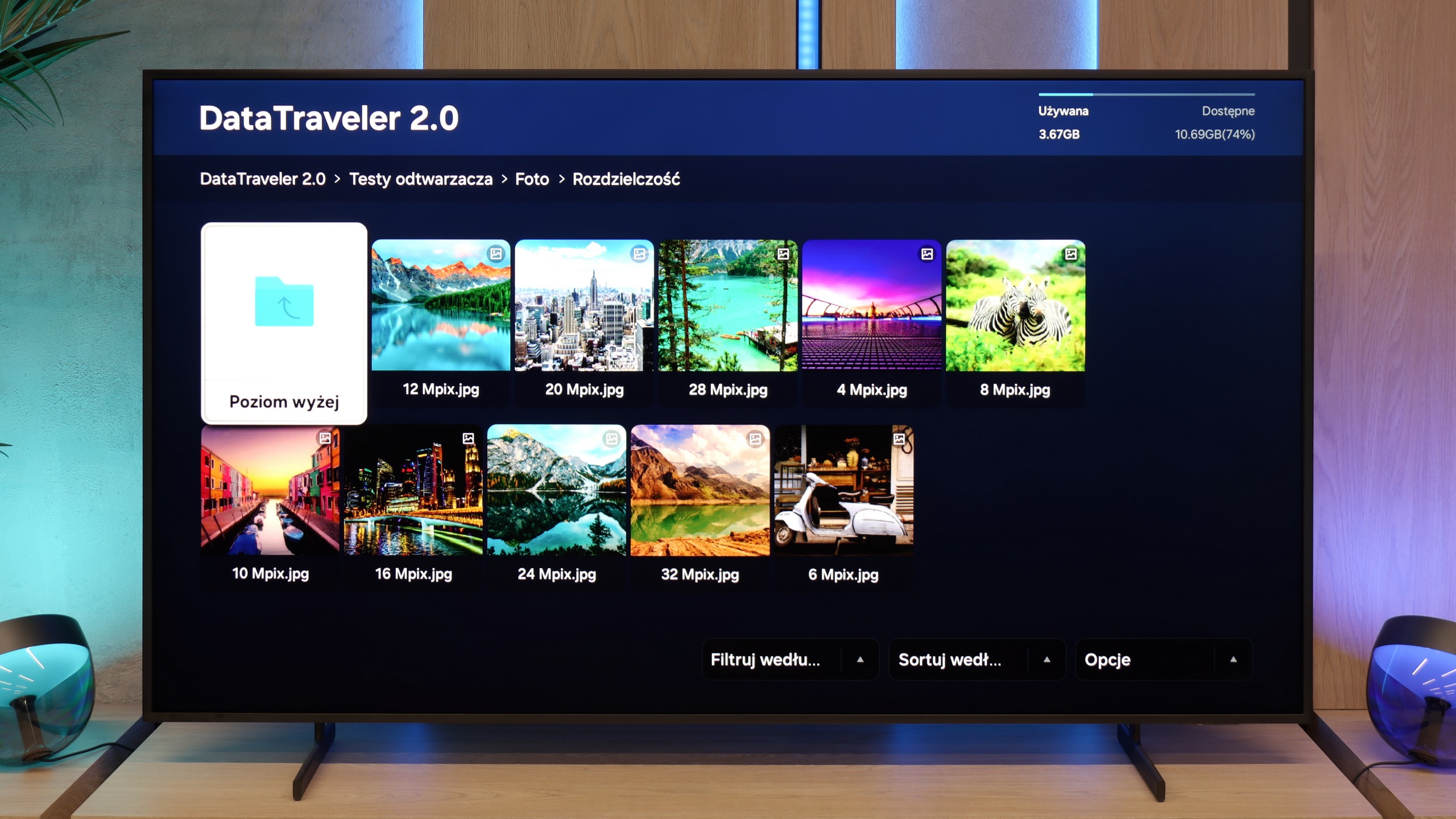
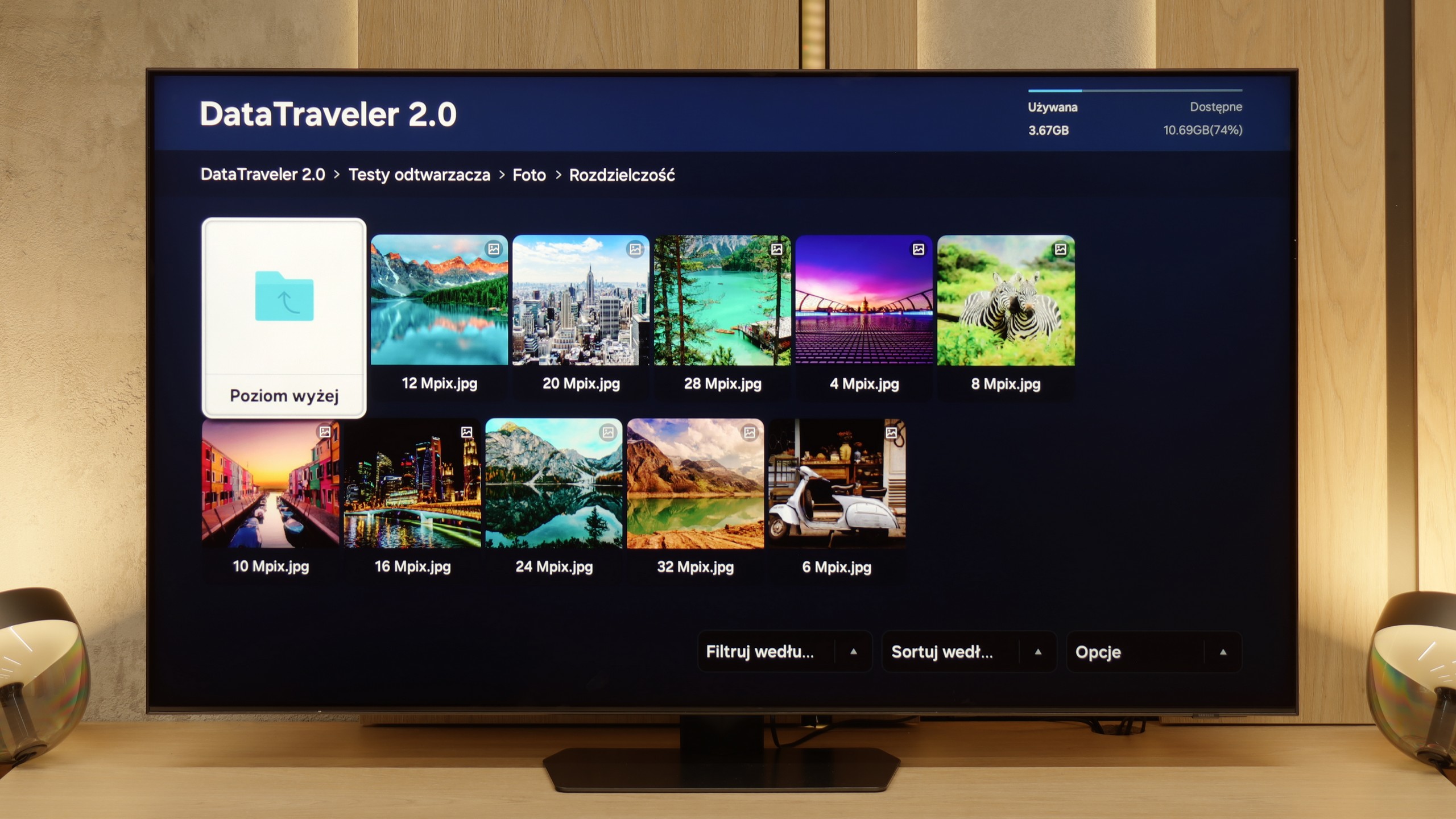
The Frame Pro handles multimedia playback from a USB drive correctly. Most popular movie, music, and photo formats work without major problems, and the TV manages them efficiently. During tests, we noticed only one inconvenience – files in HEIC format, which is a standard used by Apple, do not open even though the system sees them and displays them in the player. For those who often transfer photos from an iPhone, this may be a minor inconvenience, but apart from that, the player does its job well, and it's hard to have significant complaints about it.
The built-in media player in the QN90F performs quite well. It supports most popular audio and video formats and easily plays graphic files such as JPEG or PNG. The problem arises with files in the HEIC format – a type of high-quality photo standard used by iPhones. In theory, the television should support them, as they appear on the list of compatible formats, but in practice, attempting to open a HEIC file can freeze the entire system and necessitate a power reset. It's a rather strange situation and another small glitch that shouldn't occur in equipment of this class. On the other hand, one can be very satisfied because it supports most popular audio and video formats.
Apps
8.7/10
8.7/10














































Sound
6.4/10
7.8/10
- Maximum volume84dB86dB
- Dolby Digital Plus 7.1
- Dolby True HD 7.1
- Dolby Atmos in Dolby Digital Plus (JOC)
- Dolby Atmos in Dolby True HD
- DTS:X in DTS-HD MA
- DTS-HD Master Audio
The sound on The Frame Pro is not one of this TV's strongest features. Its slim design means there's virtually no bass, which makes the overall audio sound a bit flat and average. On the other hand, the TV plays loudly – it can easily fill a medium to larger room. Dialogues are clear, but when it comes to special effects or music, there’s a lack of depth. This is definitely a piece of equipment for which it's worth buying a soundbar, preferably from the designer Samsung S series. Thanks to decorative frames, it can be matched to the decor alongside ChooseTV.
QN90F performs really well. Despite the slim design of the TV, there's a slight bass that adds depth to the sound. The speaker system works in a 4.2.2 configuration and offers a total power of 60 W – for built-in audio, this is quite a solid result. Moreover, with materials that support Dolby Atmos, one can experience a subtle spatial effect, which works quite well for everyday viewing. Of course, with equipment of this class, it's hard not to recommend an additional soundbar. It is best to choose one that supports Q-Symphony technology – thanks to this, the TV and soundbar play simultaneously, resulting in a fuller and definitely more cinematic experience.
Sound Quality Test
No sound test video
Acoustic Measurements
84dBC (Max)
75dBC
86dBC (Max)
75dBC
